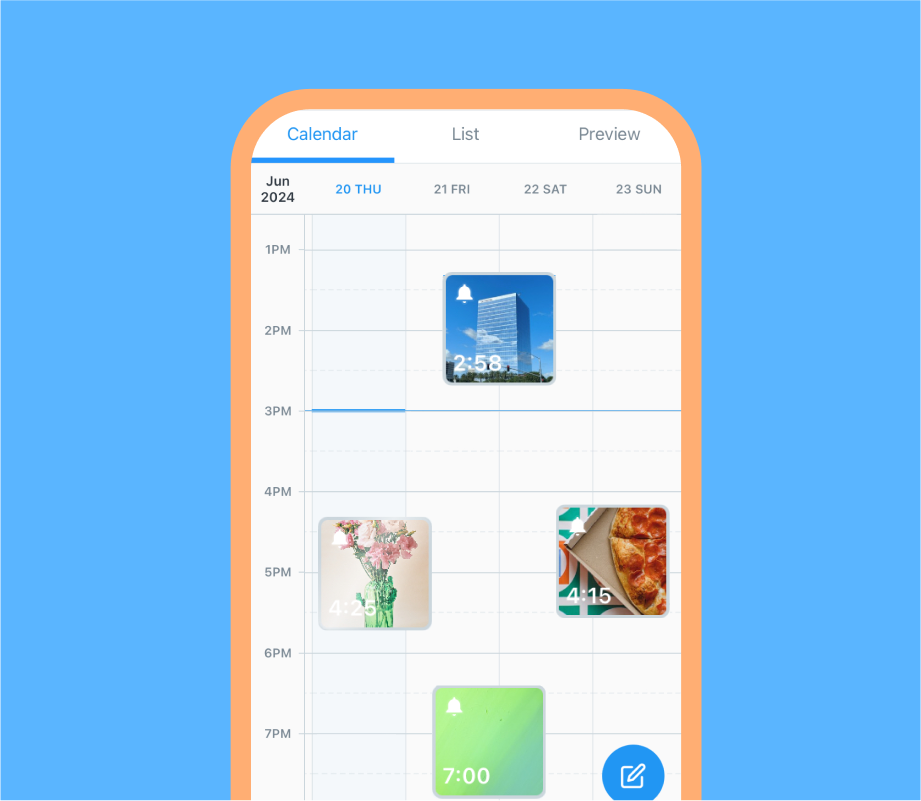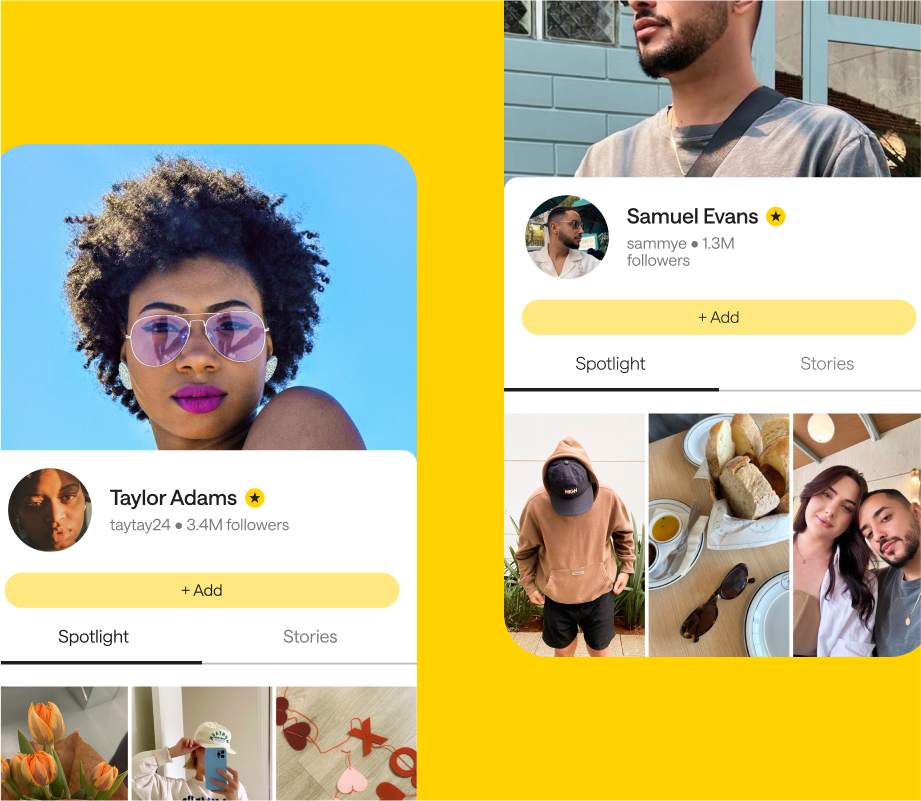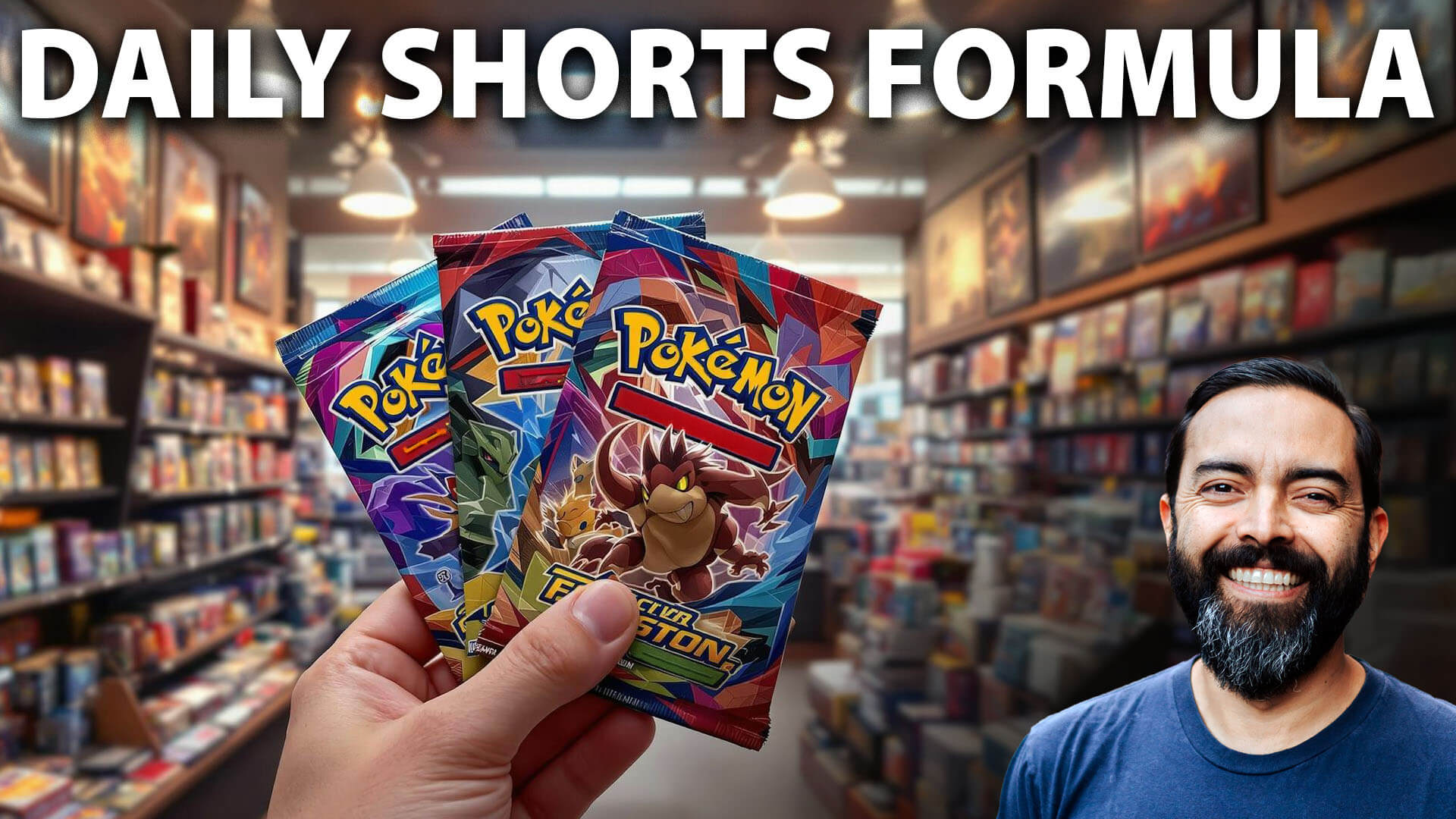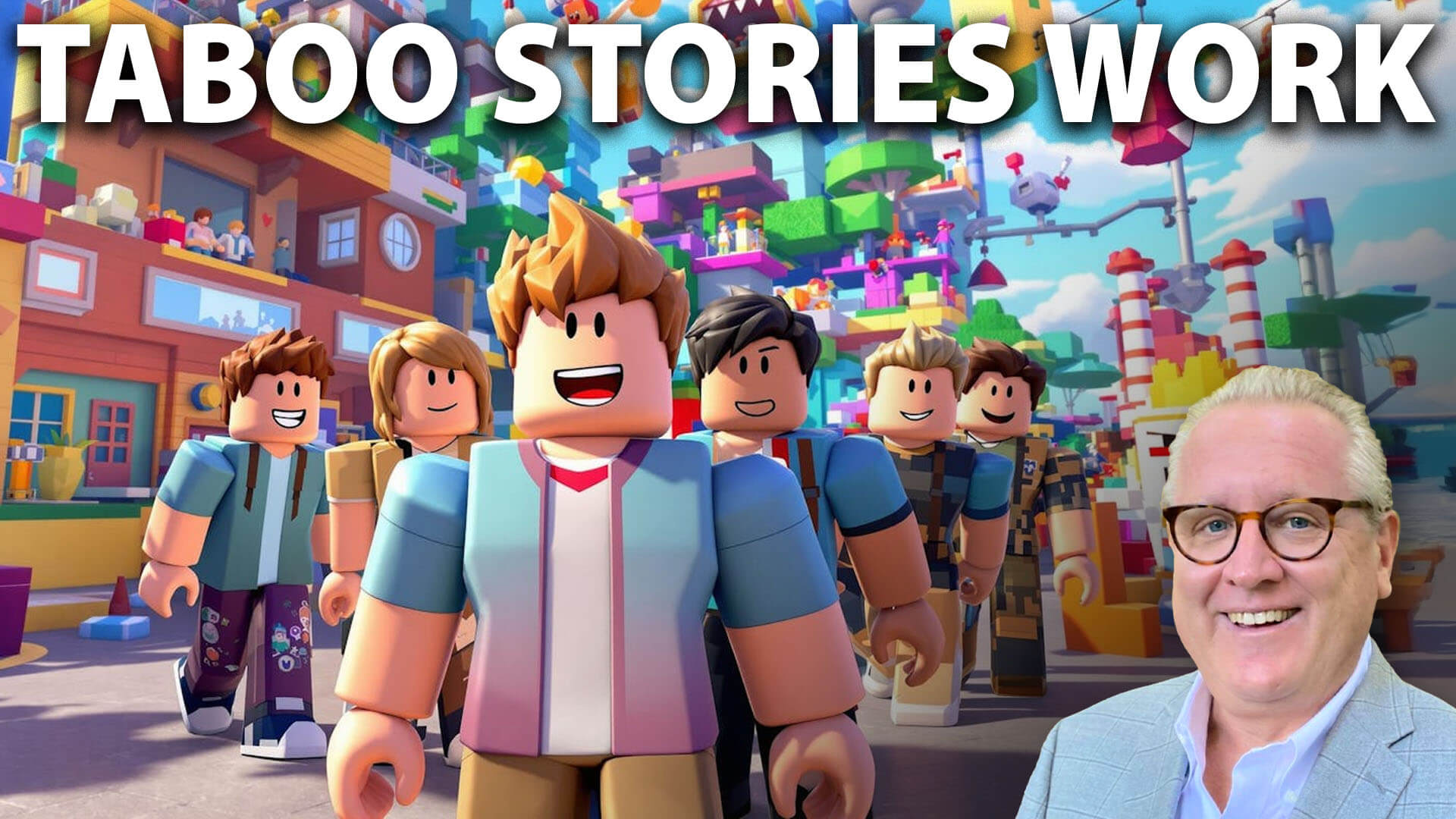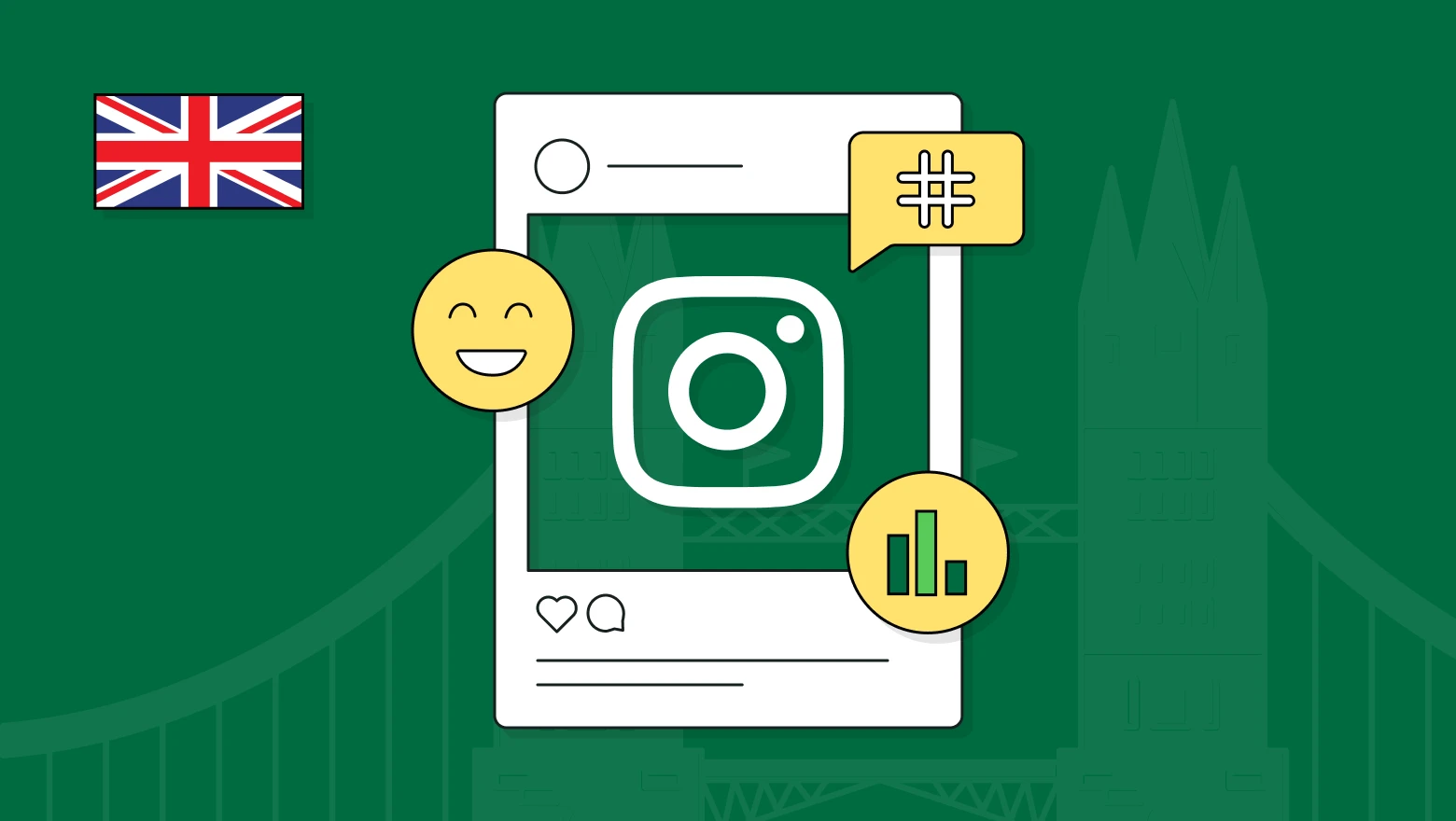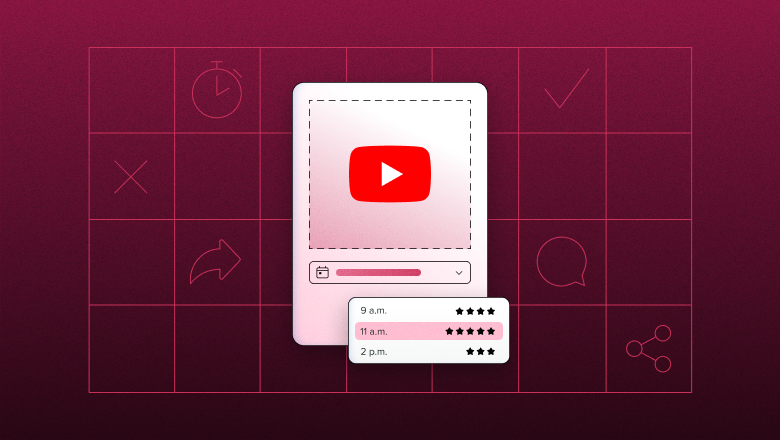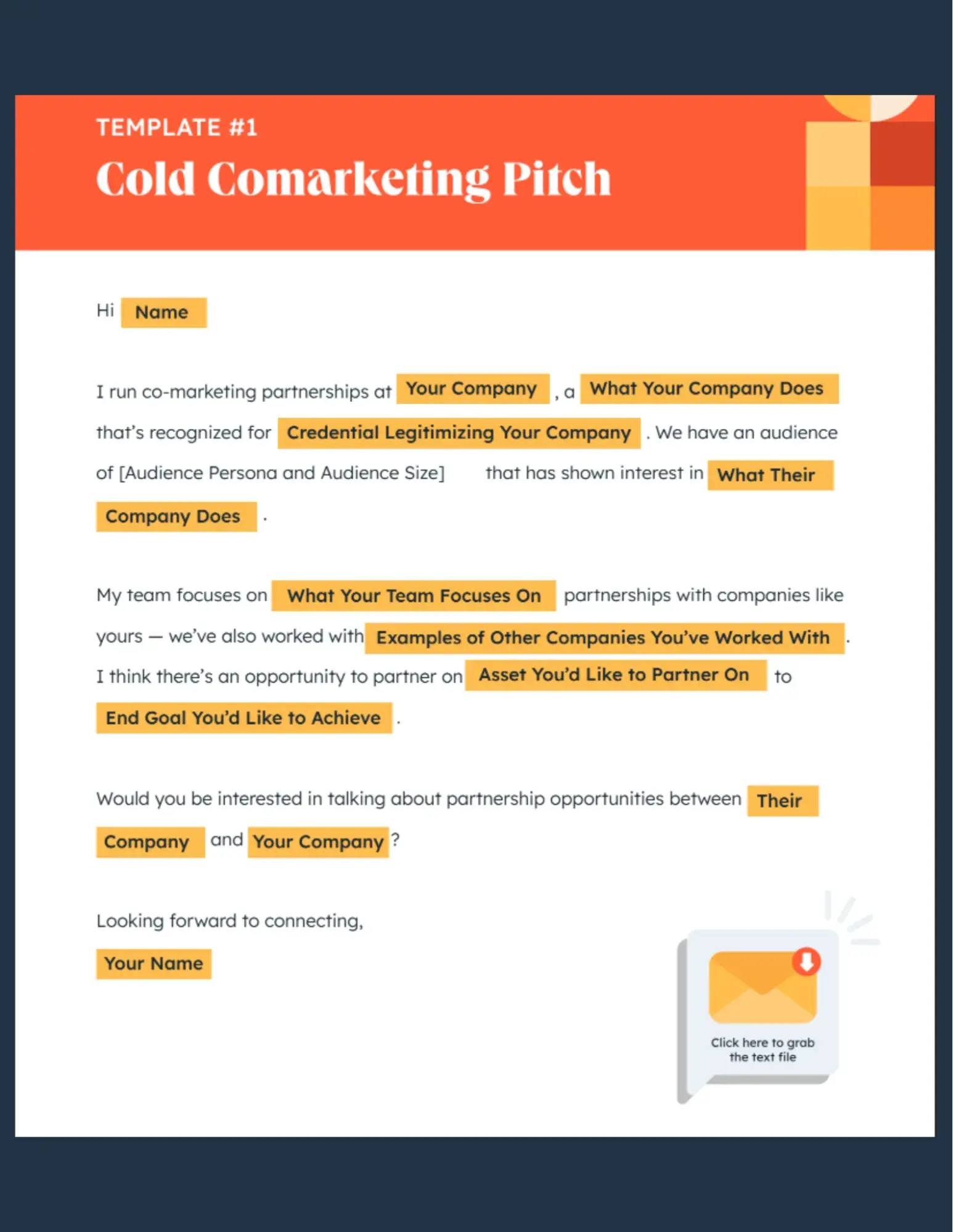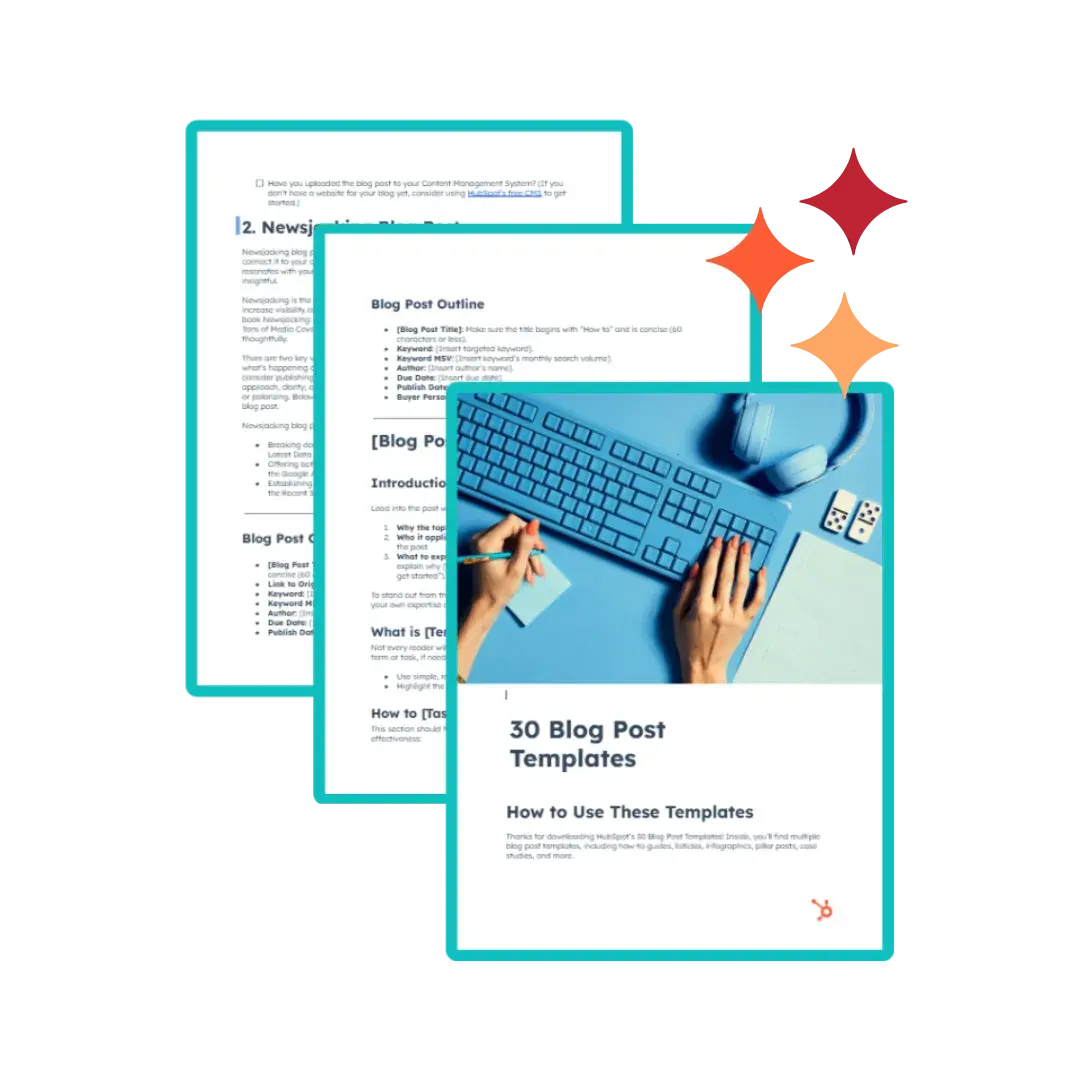My Go-To Copywriting Templates, As a Marketer With 20 Years of Experience
Whenever I ask any marketer or copywriting expert about their writing process, I find there’s no specific process they follow and few copywriting templates to guide them.

Whenever I ask any marketer or copywriting expert about their writing process, I find there’s no specific process they follow and few copywriting templates to guide them.
While this is partly due to natural variation in everyone’s creative process, copywriting best practices vary based on your audience, purpose, and format — not to mention year, as “what works” changes as algorithms and consumer expectations evolve.
Copywriting demands creativity, inspiration, and hard work, and it can be difficult to consistently find all three. That’s why I’ve compiled a list of my favorite copywriting templates for a variety of scenarios. Let’s get started.
Table of Contents
Copywriting Tips: How to Get Started
As a marketer for the last 20+ years, I’ve learned that having a framework is immensely helpful when it comes to writing copy. In my opinion, there’s nothing worse than a blank page with a blinking cursor. More than once, I’ve found myself writing things like “Heading About XYZ” or “words go here” just to get something on the page. It’s actually a strategy I’ve taught other copywriters to get them rolling.
In fact, I’ve often said, “It’s easier to have something to edit than to write from scratch.” That’s exactly what copywriting templates do — provide a framework for writing a first draft, no matter how messy or crappy. From there, it’s “just” about editing.
I put “just” in quotation marks because it’s never quite that simple, and you still have to know five things:
- Who is receiving your piece? It’s important to know your audience, so you can tailor your message to their needs.
- What should they know? You must identify the key takeaways you want them to walk away with before you start writing to ensure they flow in naturally.
- What action do you want them to take? Do you want them to click, call, email, buy? Understanding that makes it easier to guide them to the action you’re taking
- Where will they be reading it? Format matters. An email has a different engagement and structure than a social post or blog post.
- Why should they care? What’s in it for them? How does your content make them better, stronger, or faster? When you can tap into what stands up to make them take notice, your results will improve.
Once you can answer those questions and have chosen one of the templates below, you can start writing. (Or you can feed the information and templates into our AI Content Writer or your favorite AI copywriting tool to shorten the process and get to that editable first draft much faster.) I’ve considered the types of emails marketers and salespeople are likely to send repeatedly and crafted templates that can help eliminate that time.
With that in mind, let’s dive in.
6 Email Marketing Copywriting Templates
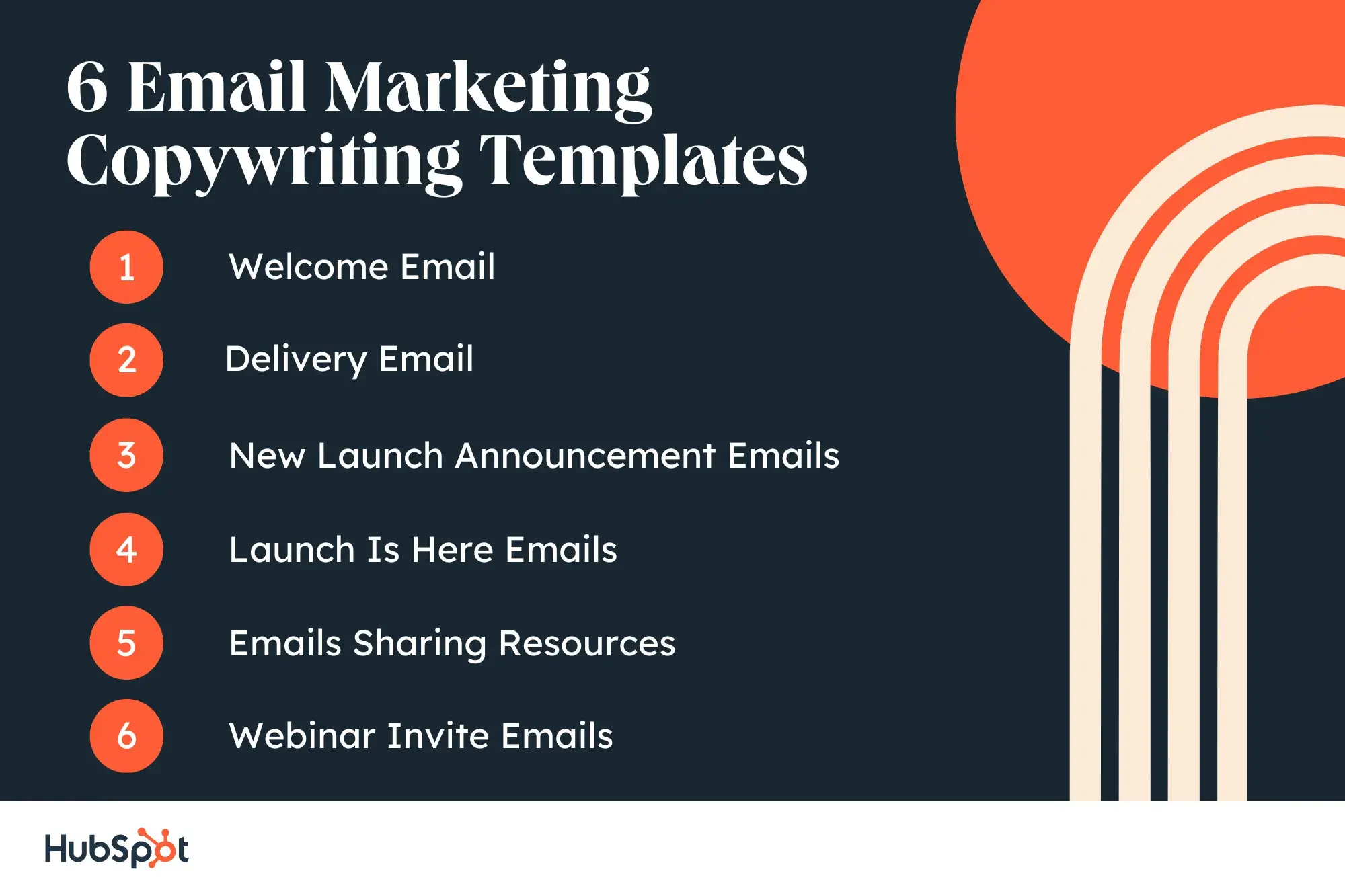
Email marketing, how do I love thee, let me count the ways. Seriously. I didn’t set out to be an email copywriter or strategist, but that’s exactly what I have become.
I have clients who I work with on hundreds of emails every year and others who I set strategy for and sometimes implement. In fact, I’ve set up and managed an internal marketing agency for a client with a variety of different programs and audiences. I love it!
With that in mind, here are several email copywriting templates that I love.
1. Welcome Email
Best for: A simple email welcoming people to your list.
First impressions count. When you send that first email after someone has signed up for your email list, you want it to be warm, informative, and set expectations for further communication.
Here’s an example of a template you might use to welcome new subscribers to your newsletter:
Hi [First Name],
Thank you for signing up for [include what someone just signed up for, like a blog subscription, newsletter subscription, company services, etc.]
At [Company Name], we’re working to [list a few of your company’s core goals or include your mission statement]. We highly encourage you to check out [suggest a few recommendations so the reader can continue learning more about your company].
You can expect to hear from us [include reasonable expected frequency].
If you ever have any questions, please feel free to contact us at [Contact information].
Thank you,
[Company Name, or individual sender’s name]
Featured Resource: 15 Email Templates for Marketing and Sales
2. Delivery Email
Best for: Delivering a lead magnet that your audience has requested.
Lead magnets have been one of the strongest, most effective strategies for building email lists for service-based businesses. While there are other great strategies out there, I feel strongly that lead magnets will continue to be a great solution for list growth.
Whether you’ve promised a PDF, video, or something entirely different, it’s important to actually send it. While similar in many ways to a welcome email, there are some distinct differences you’ll note in this copywriting template.
Here’s a sample of what you might say:
Hi [First Name],
Your [Lead Magnet Name] is here! I created it to help [audience information] like you solve [XYZ problem.]
[Give them a high-level overview of what’s included and any notes on how to use it.]
Download the [Name of Lead Magnet] (or Watch the video).
Now that you’ve got what you came here for, I wanted to introduce myself/my company. [Describe who you are and who you help].
If you have questions, don’t hesitate to reach out. And, if you’re wondering what to do after you [watch, read, listen] to [Lead Magnet Name], you can [list next action they can take — either free or paid].
Looking forward to connecting with you!
[Signature]
3. New Launch Announcement Emails
Best for: Building buzz about an upcoming change or new product.
Doing something different? Your audience won’t know about it if you don’t tell them! Announcement emails are one of the best ways to build a buzz and spread the news.
Whether you’ve got a new catalog, are offering a new product or service, or are even launching a rebrand or new website, you need to share the news.
You’re excited about it, sure — but to make your announcement email successful, you’ve got to show your audience why they should be excited about it.
This email should be dropped 1-2 weeks before the new thing to build buzz and to ensure that any changes don’t take them by surprise. If a new catalog, you may be able to simply drop that as soon as it’s available — but, if you’re discontinuing any items, an early heads-up gives your audience a chance to stock up.
Use this copywriting template as a starting point:
Hi [First Name],
Big news! [Explain what it is]
And here’s what that means for you — [Explain what it means in terms of benefits for them — focus on the positive here.]
You can [take advantage of | enroll in | experience | try out] the new [product/service name] as soon as [tentative launch date].
This is just a heads-up, and there is no need to take action just yet. [Or if you want to build a waiting list, say something like: “If you want to be first on the list to get access, click here or hit reply.”]
If you have any questions in the meantime, don’t hesitate to reach out.
Back to you soon!
[Signature]
4. Launch Is Here Emails
Best for: Following up on your launch announcement emails and getting audience buy-in.
If you followed my copywriting template for dropping a launch announcement email at the start of your launch runway, now it’s time to announce that your launch is here.
Here’s what that could look like for you:
Hi [First Name],
It’s here. The new [name/type of new thing].
[Describe what it is]
And here’s what you can expect moving forward: [If benefits to audience, list in bullets below. If not, just add a quick sentence about what that means for them.]
- [Feature #1] so you can [benefit #1]
- [Feature #2] so you can [benefit #2]
- [Feature #3] so you can [benefit #3]
[If mandatory: Now that we’re live, your next step is to … (describe next step)]
[If optional: Ready to dive in? All you have to do is … (describe next step)]
Have questions? Reach out and ask!
I’ll/We’ll be in touch soon with the next update!
[Signature]
5. Emails Sharing Resources
Best for: Notifying your audience about new resources or timely ways to solve their problems.
I can’t tell you how many times I’ve seen it — people invest heavily in creating a resource before they make it available … and then they tell no one, so it languishes in a forgotten corner of the internet.
Whether we’re talking blogs, sales & marketing assets (check out the copywriting templates below), videos, or something else — a lot of time and energy goes into developing resources. To truly ensure they pay off — and just as importantly, help your audience solve their problems — you’ve got to market the resource.
And if it solves a cyclical problem, it means you have a seasonal opportunity to reshare it and tie it to sales goals.
Here’s a copywriting template you can use:
Hi [First Name],
One of the questions we hear most from [describe audience] like you is “How do we … [adapt question to your audience.]”
We get it. [Symptom of problem] can stop you in your tracks. But you’re not in this alone. We [wrote/recorded/created] something to help.
[Describe what it is]
Ready to dive in?
[Read/Watch/Listen] here. (link to resource)
Need help solving or troubleshooting? We’ve got your back. Whether you need help identifying the right product for your needs, guidance on your next steps, or technical support, we’re here. Just call [###-###-####] or hit reply to this email.
[Problem or symptom of problem] doesn’t have to be your problem anymore.
Warm Regards,
[Signature]
P.S. Want some additional resources? Check out [link name] to learn more.
6. Webinar Invite Emails
Best for: Spreading the news about a training and getting people to show up.
Events are one of the best ways to reach additional audiences. But there’s nothing worse than putting a ton of time and effort into creating your event, only for no one to show up. Been there, done that, got the t-shirt, don’t want to do it again.
There are several event marketing strategies out there, but my favorite is a simple email — it’s easy to write and send. And, you can continue to send additional emails out to people on your list who don’t register using the same copywriting template by changing the subject line and intro text.
Most importantly, make sure to show your audience what’s in it for them and why they should attend.
Here’s what that could look like:
Hi [First Name],
You’re invited …
We’re hosting a [free/paid] training to help you [describe the problem you’re solving].
[Explain why you created training - 1-2 sentences]
When you join us, you’ll walk away:
- [Takeaway #1]
- [Takeaway #2]
- [Takeaway #3]
Sound like something that can help you? Here are the details
Event Name:
Date:
Time:
[Button:] Save Your Seat Here
[If the recording will be available: Can’t attend live? No problem. The recording will be available after the call.]
Truly hope to see you on [date].
Warm Regards,
[Signature]

4 Cold Email Copywriting Templates
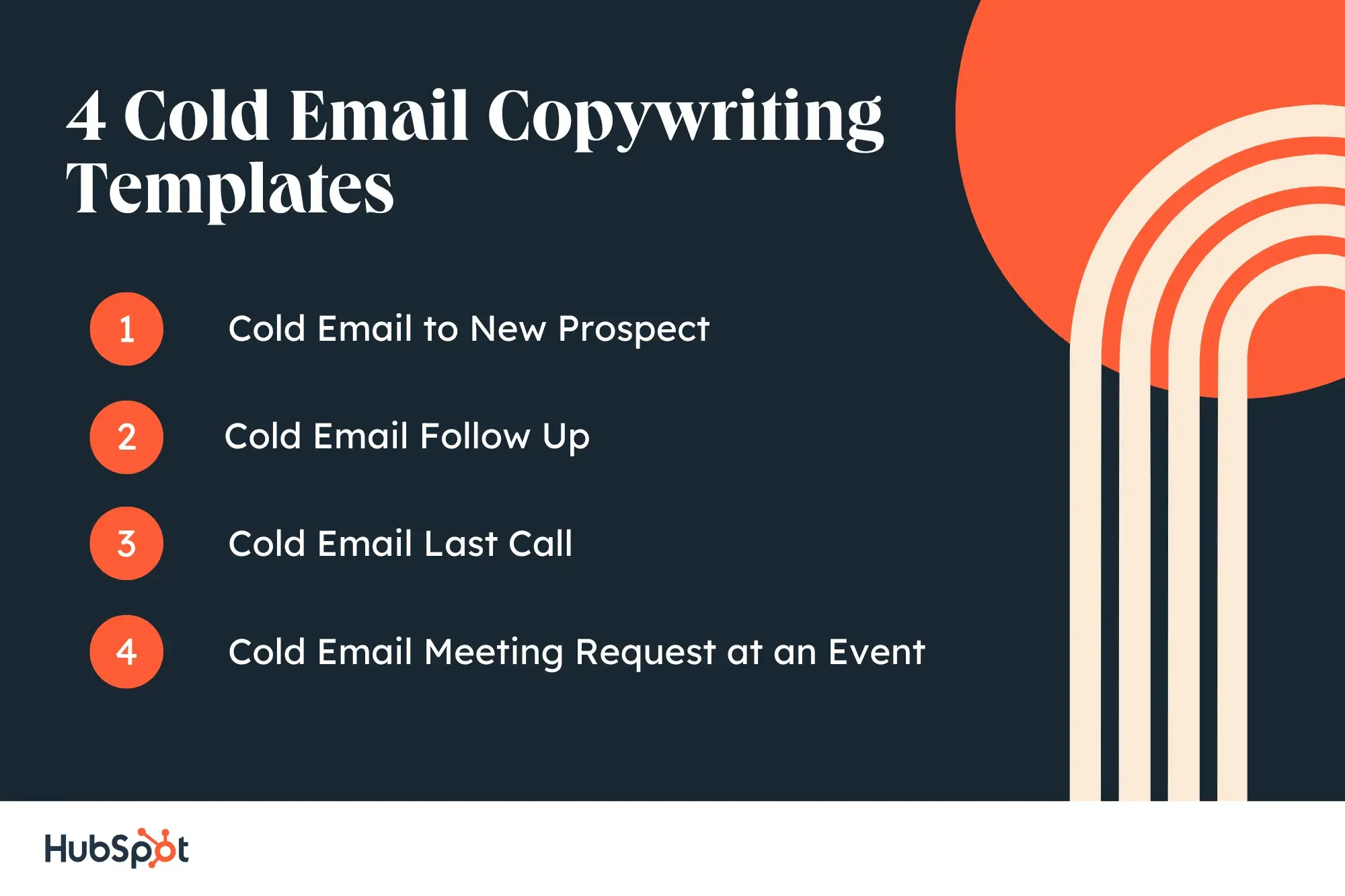
No one likes cold pitching. Strike that — some people absolutely LOVE cold pitching. I, however, am not one of them. Personally, I’d rather start a conversation or a friendship and go from there — which is definitely the long game.
However, done right, cold emails can lead to those conversations and be extremely effective.
Just know that cold email has much lower open and conversion rates than email marketing campaigns do.
What’s more, there are some restrictions around who you can send cold emails to — some are legal in nature, others are driven by ESP (email service provider) terms of service. Make sure you know what you can (and can’t) do before you start sending cold emails — check out these best practices.
Before you start writing, keep a few rules in mind:
- Emails should be short, sweet, and to the point — 100 words is a long, cold email.
- Speak to their problem — show them what’s in it for them
- Include a low-risk ask that’s easy to say yes to without requiring a significant commitment on their part
7. Cold Email to New Prospect
Best for: Introducing yourself to a new prospective client.
There’s an art to introducing yourself via cold email — you want to be warm and engaging without waxing overly poetic. Why? Cold emails are the equivalent of a door-to-door salesperson.
You have a few words to get a foot in the door and invite them to a later conversation. With that in mind, I caution you to use them wisely.
Hi [First Name],
I’m [Your Name] with [Company Name], and my team and I help [describe audience] solve [describe problem you help them solve]. [Describe your products or offerings, and why they’re beneficial to audience — one sentence only.]
[Ask the question — Can I send you a catalog or spec sheet? Would this be worth a quick call? Can you tell me more about how you use X products?]
Best, [Your Name]
8. Cold Email Follow Up
Best for: Following up on the last email.
Do not — and I repeat — do not send emails to your cold audience asking “Did ya get my last email?” There’s a good chance they did and they ignored it. And just because you’ve emailed them once, it does not make them a warm audience. They are still cold until they engage.
However, just because they didn’t respond, it doesn’t mean that you can’t follow up. I’ve discovered that this sales adage is true: “The fortune is in the follow up.”
It just means that you’ve got to follow up the smart way. So what’s that? Offer additional information or a new angle to look at what you’ve shared already. It’s totally fine to mention you reached out recently — just don’t bug them about it or waste valuable email inbox real estate harping on the fact that they haven’t responded yet.
I’d encourage you to use something like this copywriting template for your cold follow-up:
Hi [First Name],
Since I first reached out a few weeks ago about [what you reached out for], we’ve [released some new information or a new catalog, published a new blog or case study]. You might find it helpful/interesting, so I wanted to share it with you. Check it out here (link).
Would it be worth a short chat to discuss [how we can help/product name can help]?
Best,
[Your Name]
9. Cold Email Last Call
Best for: A last-ditch effort to get a response from someone you’ve been reaching out to.
You may have heard that a 9-word email is a great way to get a response. However, the 9-word email is dependent on some level of familiarity with the person. Usually, this copywriting template is used to breathe new life into cold leads.
The 9-word email usually is [First Name], [short, direct question]?
Here are a few examples of what this looks like:
- Jane, are you still interested in learning self-defense?
- Bob, did you hire a coach to scale your business?
- Chris, are you still looking for a technical writer?
So how can you adapt the 9-word email to cold outreach? Short answer? You take out the implied background knowledge. If they’re a cold contact, you probably have no idea if they’re looking to do something in the first place, let alone if they’re “still” looking for it.
Give it a shot using this copywriting template. Note, I always use the word “Hi,” and I nearly always add in something to soften it. “I’ve got some ideas for you” plants the seed and if they’re interested, there’s a good chance they’ll be interested in learning more.
Hi [First Name], are you [interested in/looking for] a [solution/way/person] to [outcome]?
I’ve got some ideas for you.
—[Your Name]
10. Cold Email Meeting Request at an Event
Best for: Starting conversations with people likely to attend an event.
I know I just said cold emails should come with a low-friction ask. It’s one thing to ask “Would it be worth a call?” and another to ask them to buy a costly strategy session or spend an hour of their time on the phone with you.
Live events and conferences are about the only exception to that rule I can think of. Why? The whole point of attending is to meet people and learn new things.
So, if you have a list of people who are attending (or are likely to attend), the conference is the perfect “newsworthy” opportunity to invite them to talk to you. I say newsworthy because it’s a timely angle and reason to reach out, even if you’ve sent the Last Call copywriting template above.
Remember, unless people opt in, you can’t send email marketing messages — but you can do follow ups or invites 1:1 through cold tactics.
Here’s how I’d do this:
Hey [First Name],
Headed to [Event Name, Event Dates]? I’ll be there [at Booth # if you have a booth/the whole time/on specific dates]. If you’re going, I’d love to connect with you.
[List the things you’re doing, will have at the booth, are hoping to learn.]
Would you be up for a conversation while we’re there? If so, grab a time on my calendar here. [link to booking link]
If you’re not sure if you’re attending yet or your schedule is up in the air, I’d still love to chat with you. Just hit reply so I know to follow up and set up a time that works for both of us.
Best,
[Your Name]
4 Blog Copywriting Templates

11. Product Review Blogs
Best for: Informational blogs and product reviews to educate your audience.
Blogs give copywriters a chance to dive deeper into topics in a way that isn’t captured through emails, ads, or social media posts. There are so many different types of blogs you might write, so be sure to develop your blog strategy to keep a close eye on what types of blog posts and topics perform best for your business.
Since blogs tend to be longer than other types of copy, you want to make sure you’re keeping your audience engaged. Consider what your readers may want from your post, and focus on answering the topic-related questions they’ll most likely ask.
This blog post template is an example of a product or service review.
Title
Introduction
[Introduce the product/service you’re reviewing and relevant background information about the company and the product/service. Clearly state what the reader will gain from reading the post.]
Subheading
[Write a brief using keywords. Use headings throughout the post to break up the key sections of your post]
Body
[A few paragraphs will cover the bulk of the review here. If there are multiple features to the product/service, section them separately as you review. Be detailed and answer the questions you think your audience may have about the product or service.]
- How much did it cost?
- What is the functionality?
- How was the customer service?
- Are you recommending the product/service?
- Who would benefit from using the product/service?
Conclusion
[Wrap up your post with final thoughts and a CTA if you want readers to check out the product/service.]
Featured Resource: 30 Free Blog Post Templates
We’ve put together 30 essential blog post templates every marketer needs — from how-to posts to listicles.
12. Informational “How to” Blogs
Best for: Establishing expertise by solving a common problem and driving SEO traffic.
How-to blogs done right can be a labor of love, and I love them. Why? I love helping people and solving their problems — and that SEO traffic from people searching for “How to XYZ” is pretty sweet, too.
Using our AI Blog Writer tool can shorten the process, too, helping you truly share your knowledge and help your audience.
Title [Should be clear and actionable, speaking to what people will learn how to do.]
Introduction:
- 1 sentence hook that draws the reader in, talking about why it’s timely or important.
- Short overview that expands on the hook.
- Share your expertise and what qualifies you to talk about this.
- Offer a 1-2 sentence summary that states what people will walk away knowing how to do.
Subheadline outlining background information
- Define any important terms.
- Identify what people should know before reading on.
Subheadline: Step 1 - Describe Step
- Offer an overview of what this step is and why it’s important.
- Walk through how to do this step, piece-by-piece.
- Offer best practices, screenshots, or any information that could help.
Subheadline: Step 2, 3, 4, 5 etc - Describe Step
- Continue with this step and repeat for additional steps.
Subheadline: Common mistakes or pitfalls
- What can go wrong and how to avoid it.
Subheadline: Actionable Conclusion
- Clearly state the big takeaways.
- Share their next action.
- Offer final advice before people dig in.
- Provide a CTA.
13. Listicle or Roundup Blogs
Best for: Sharing quick insights and overviews to help people see all their options and make a choice.
Listicle blogs are fun because they offer an overview of a variety of options that the reader can then use to create a short list of whatever the listicle is covering — recipes, SaaS products, strategies, and more.
Give this copywriting template a try:
Title [Should include a number and speak to what you’re covering or rounding up.]
Introduction
- Grab attention with a surprising stat, bold claim, or relatable anecdote.
- Expand on the hook with 1-2 more sentences.
- Share an anecdote.
Subheadline: About [Topic you’re covering]
- Define any key terms.
- Share your expertise/experience.
- Provide any necessary context to set up the roundup.
Subheadline: List Item #1: [Item Name]
- Offer a short overview of why this matters.
- Go into detail about this.
- Offer links to relevant resources.
- Share any best practices or lessons learned.
Subheadline: List Items #2, 3, 4 etc.: [Item Name]
- Continue with similar format and points.
Subheadline: Bonus Tip!
- Share unexpected details to surprise and delight the audience.
Subheadline: How to choose
- Overview criteria for choosing and what to consider.
Subheadline: Actionable Conclusion
- Share key takeaways, lessons learned, and next steps.
- Don’t forget to include a CTA!
14. Show Notes Blogs Template Type
Best for: Podcasters or vloggers who want SEO-friendly show notes that drive traffic to their site and content.
The thing about YouTube and Apple Podcasts is that they’re great for getting eyes (or ears) on your stuff from their platforms. But you don’t have a lot of control over the format or information you include. There are a few options to customize, to be sure, but as someone who lives and breathes websites and content, I am a fan of using your own real estate to provide a better experience to your audience.
That’s where well-structured show notes come in. I’ve used this blog copywriting template a few times for show notes for my podcasts and live videos as well as guest appearances on other people’s shows. In addition to creating a catalog of your episodes and appearances on your site, there is great SEO value, and again, the opportunity to control your digital channels.
Try it out yourself:
Title [Should be clear and engaging, summarizing the key topic of the episode. (Example: “How to Build an Email List That Converts – [Podcast Name] Episode #25”)]
Introduction
- Give the short marketing version of what the video or audio recording covers — this is usually what appears on the YouTube or podcast description.
- List guest names and areas of expertise.
- List what people will learn.
Subheadline: Listen to [Episode # and Name]
- Embed audio or video.
Subheadline: Episode Highlights
- Share your favorite parts of the podcast.
- Offer a Timestamped breakdown of specific topics.
Subheadline: Top Takeaways
- Summarize the most important takeaways from the episode.
Subheadline: Resources & Mentions
- List any links, tools, books, or references mentioned in the episode.
Subheadline: What’s Next
- Tease the next episode if relevant.
- Share a CTA.
6 Social Media Copywriting Templates
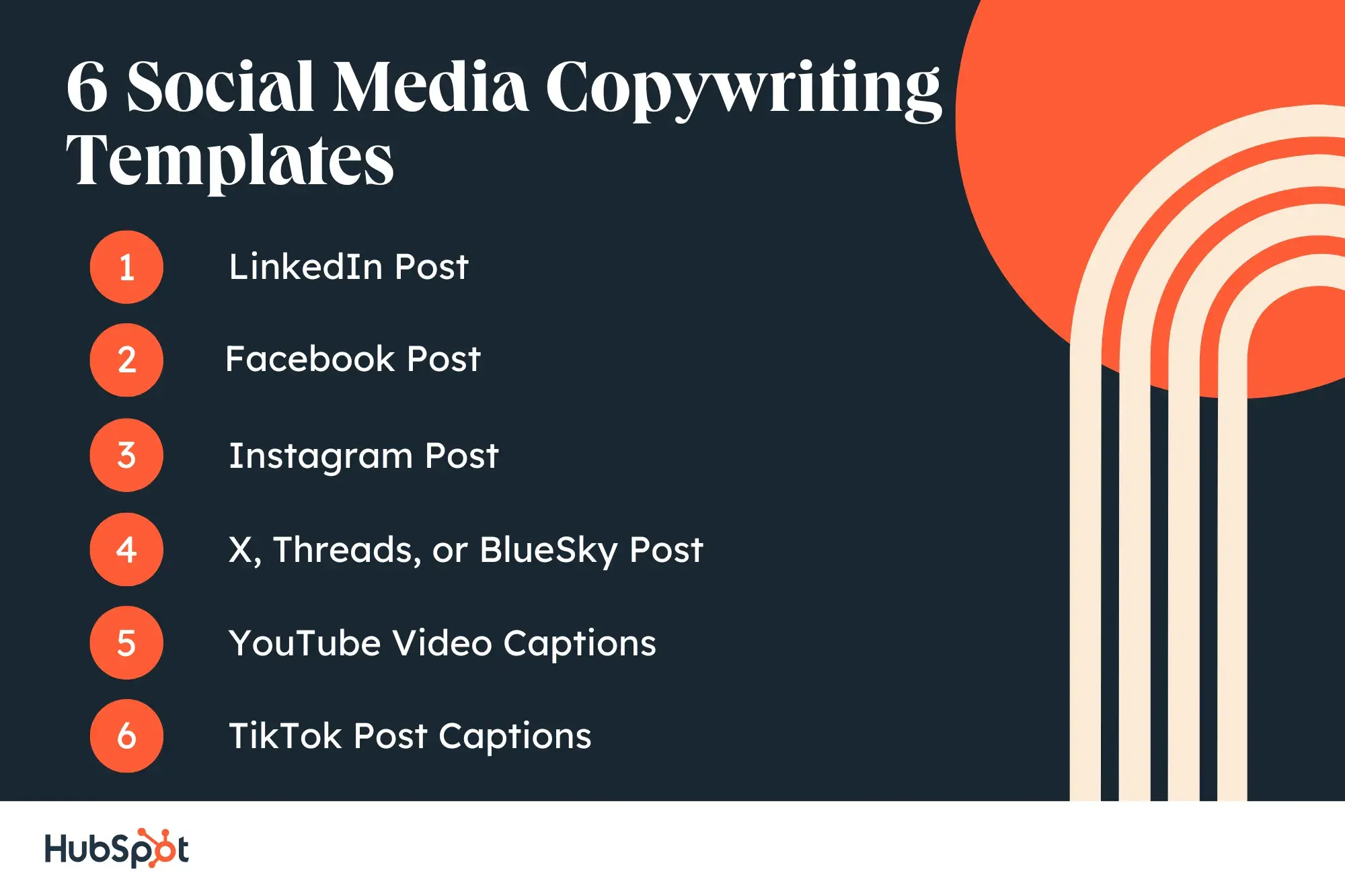
Writing copy for social media depends on the social platform. If you’re writing for X or BlueSky, you have a strict character count, so the copy has to be brief but still appealing enough to get the attention of someone scrolling.
Similar to X, Instagram is known for catchy captions. Character count isn’t as much of a concern on Instagram. However, since the social media powerhouse is visually oriented, you’ll want to write a caption that echoes the image or video in a post.
Overall, the primary goal when copywriting for social media is to thoroughly understand the key differences among the social media platforms.
15. LinkedIn Post
Best for: Business owners, marketers, and thought leaders who want engaging, high-impact LinkedIn posts that drive interaction and build authority.
I love LinkedIn. It’s my favorite platform, and I’ve built a community over there.
However, most people I talk to run into two problems:
- First, lots of people treat LinkedIn like a resume board, only focusing on getting or posting jobs.
- Second, in a bid to stand out, lots of people are busy trying to show up as experts, without actually engaging with others.
The real magic happens when you use it to start conversations. Like other platforms, you have to know how to play to the algorithm, which rewards engagement with more engagement or at least more eyes on your content.
Your posts should have a strong scroll-stopping hook, followed by 1-2 sentence paragraphs, a few bullets (arrows like this can be great →), and a CTA of sorts. Instead of being clinical, focus on something that people care about — a little controversy is okay, and go forth and write.
Here’s a LinkedIn copywriting template:
Start with a hook — a bold statement, question, or surprising fact to grab attention.
E.g., “What would you tell a college student interested in your career?”
Offer context by expanding on that hook.
E.g., “A friend recently invited me to speak to her class. So I started thinking about what I’d tell them.”
Share a few insights or takeaways, 3-5 is good.
“#1 - Takeaway + Description”
A CTA that encourages interaction and discussion.
E.g., “What about you? Anything you’d change or add?”
Featured Resource: Social Media Templates
16. Facebook Post
Best for: Building community and driving engagement with your audience.
Facebook is about connection and conversation. Unlike fast-moving platforms like X (Twitter) or TikTok, posts here have longer visibility — meaning strong storytelling, engagement hooks, and CTAs can keep the conversation going for days.
While many people I know are moving away from Facebook in an effort to be less connected, it’s still a great way to reach your people.
Here’s a copywriting template for Facebook:
Start with a hook — usually a bold statement or question:“Ever wonder why most people fail at [topic]?
Continue expanding on the hook, keeping it relatable and conversational: When I first started, I thought [X] was the key. Turns out, I was missing [Y]. Here’s what changed everything.
Share takeaways or lessons in bullet points.
Include a CTA: [Sign up here. Tag a friend who needs to see this.]
Looking for Facebook Ad Copy Templates? Check out our AI Facebook Ad Copy Generator.
17. Instagram Post
Best for: Brands and businesses who want to create written content that enhances their visuals for more engagement.
Instagram is all about those visuals. But the words matter too. While your Instagram strategy likely depends on who your audience is and your industry, a good caption goes a long way toward growing your engagement.
Start with a short, punchy line that makes people tap “more.” Feel free to use emojis.
“Most businesses get this wrong. Are you making the same mistake?

.jpg)










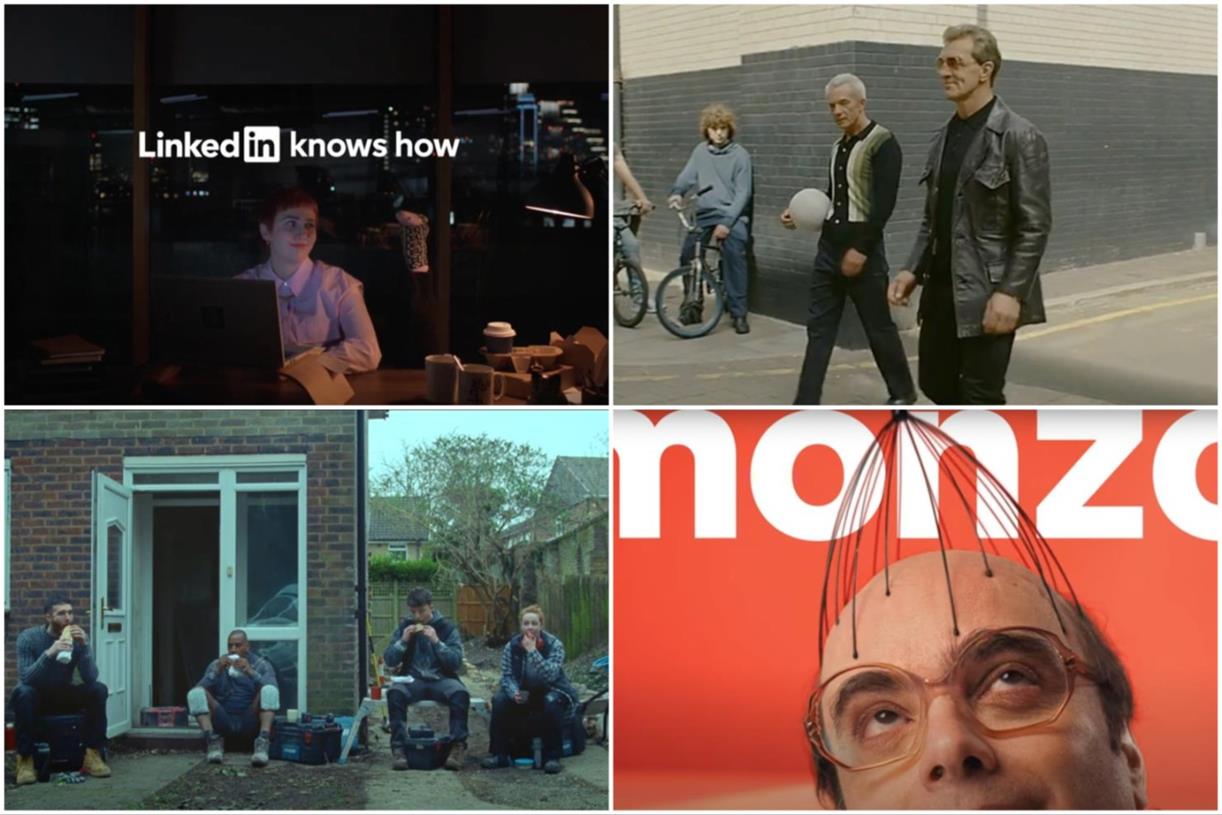





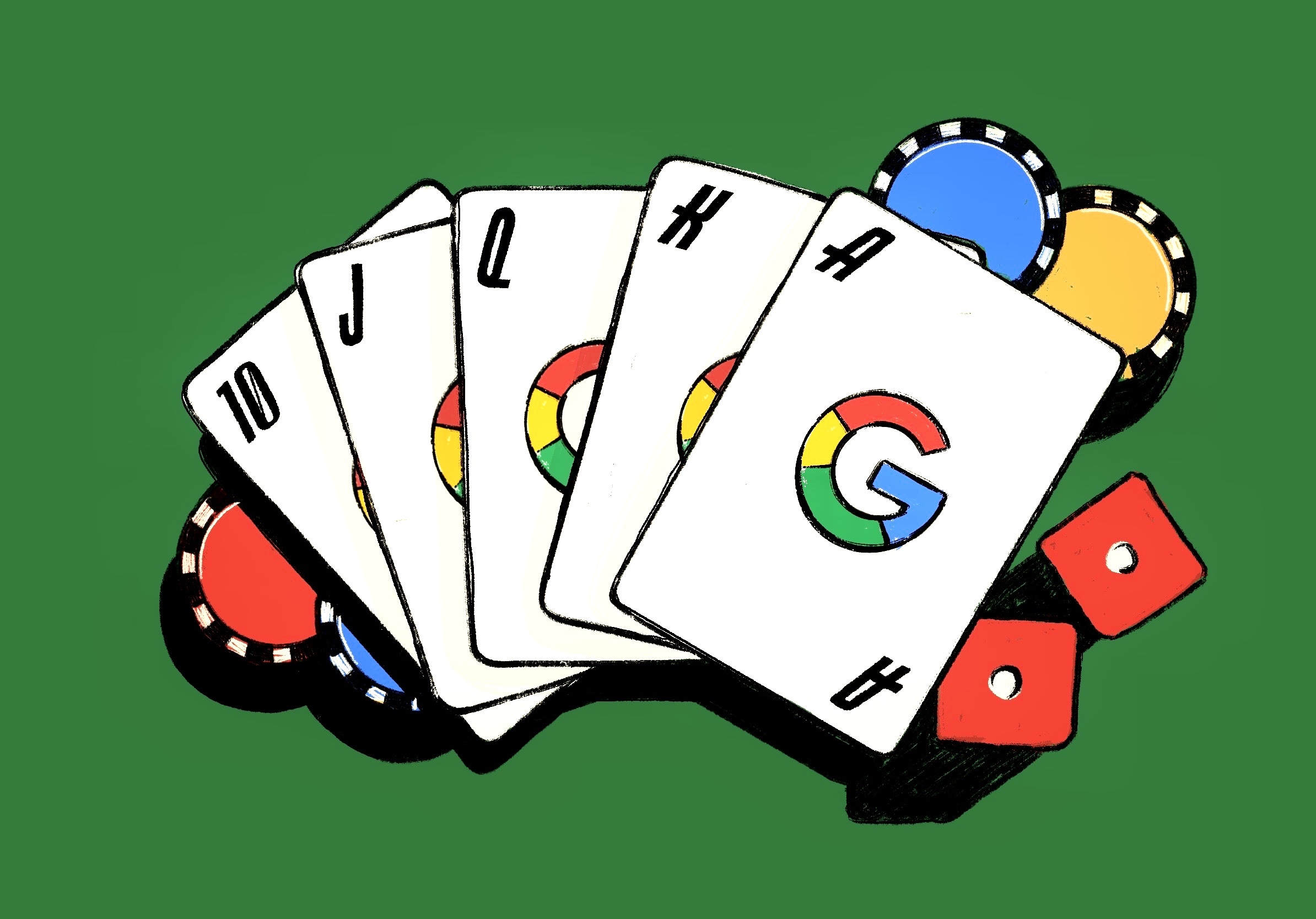

















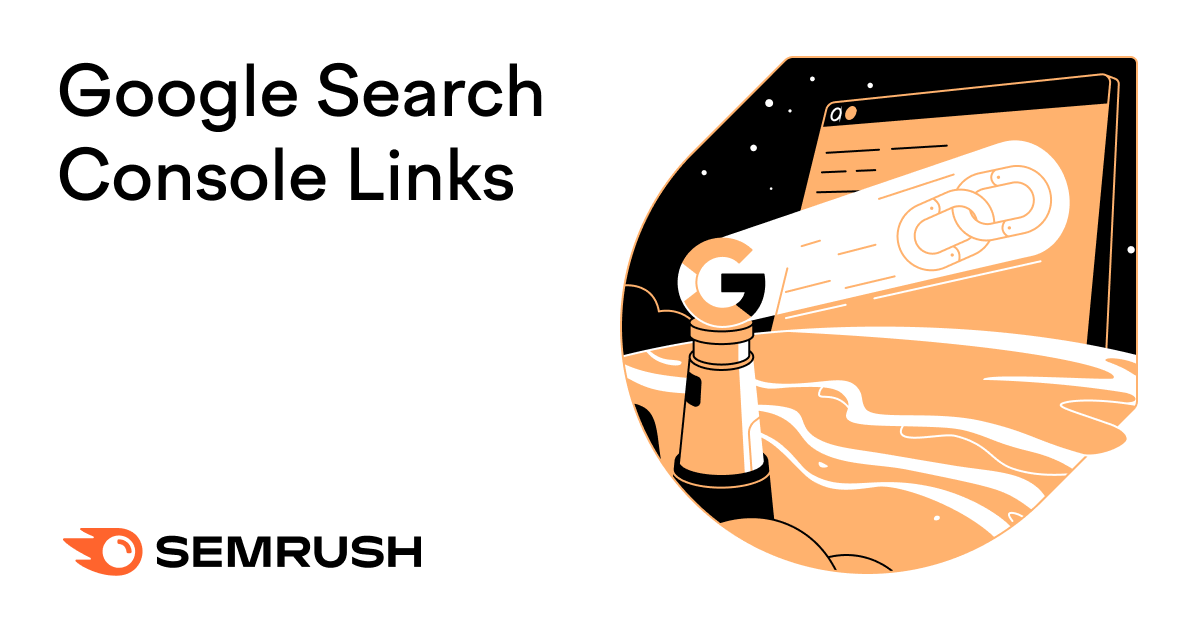
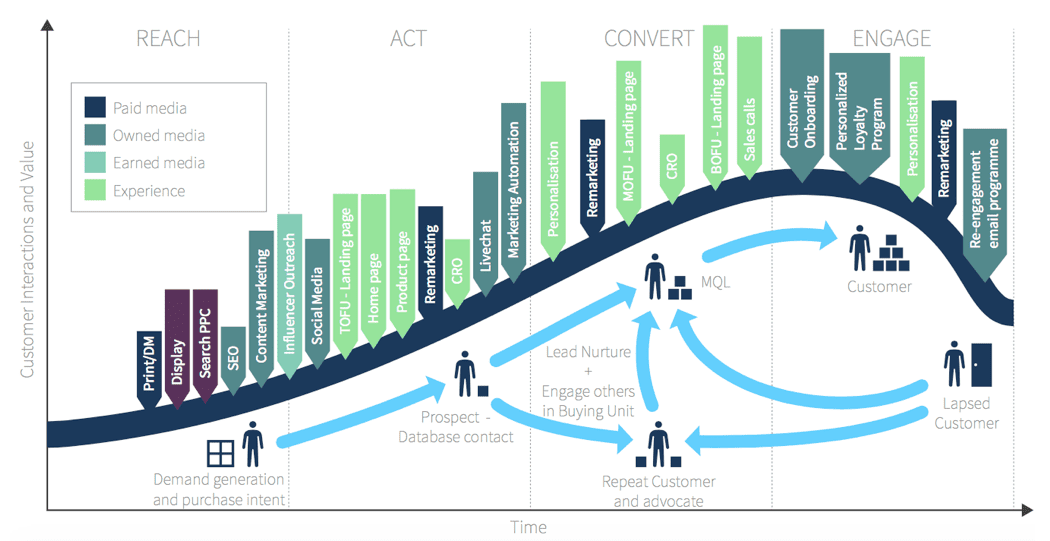
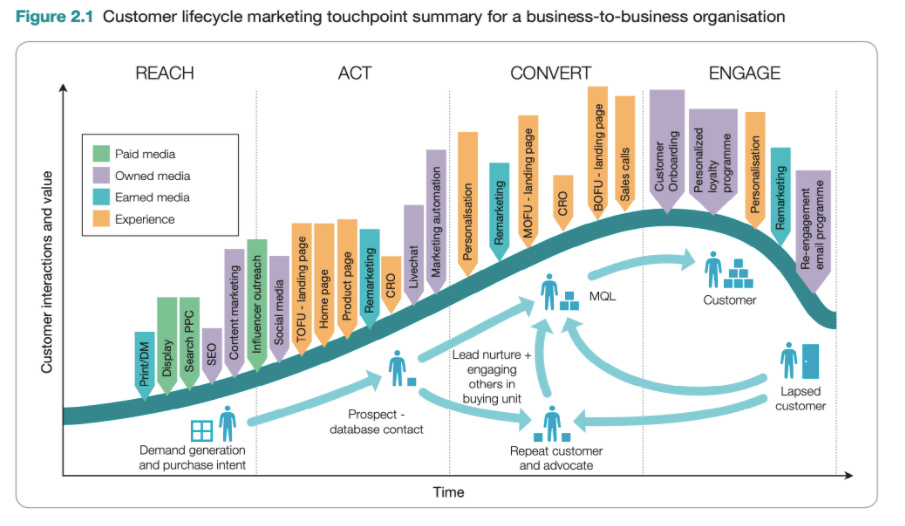
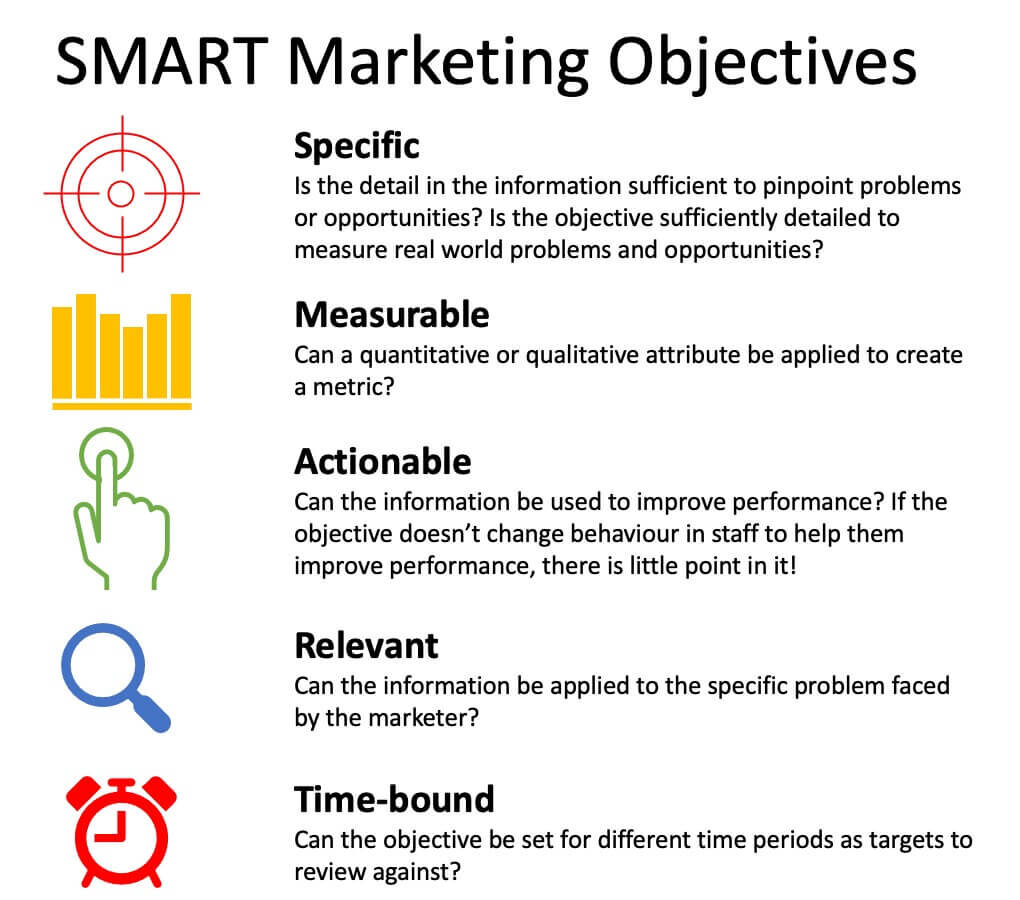
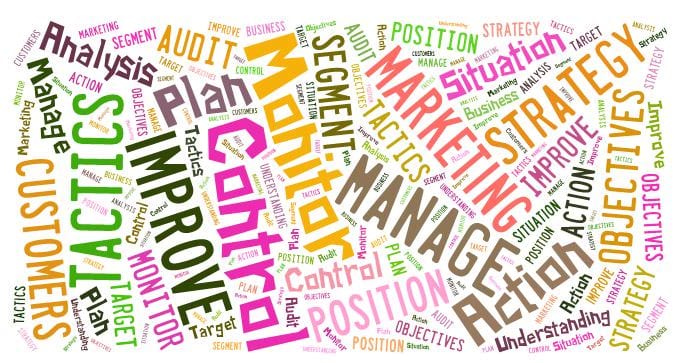








![How Marketers Are Using AI for Writing [Survey]](https://www.growandconvert.com/wp-content/uploads/2025/03/ai-for-writing-1024x682.jpg)


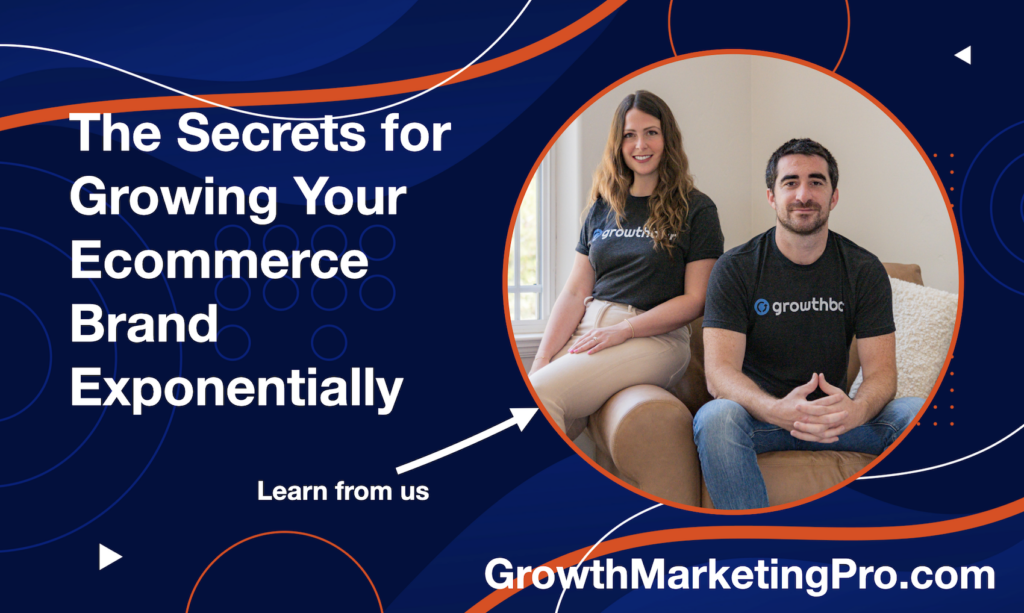



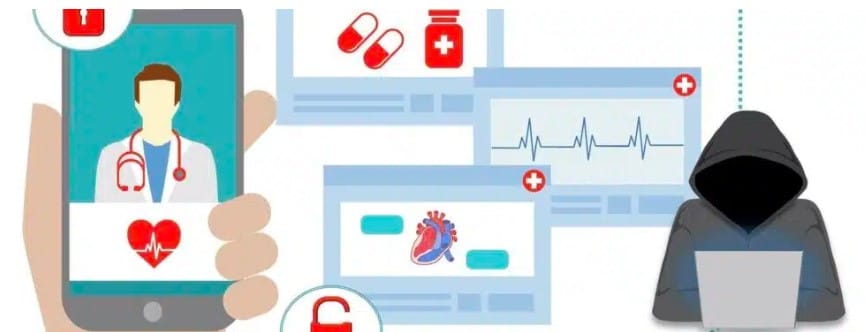

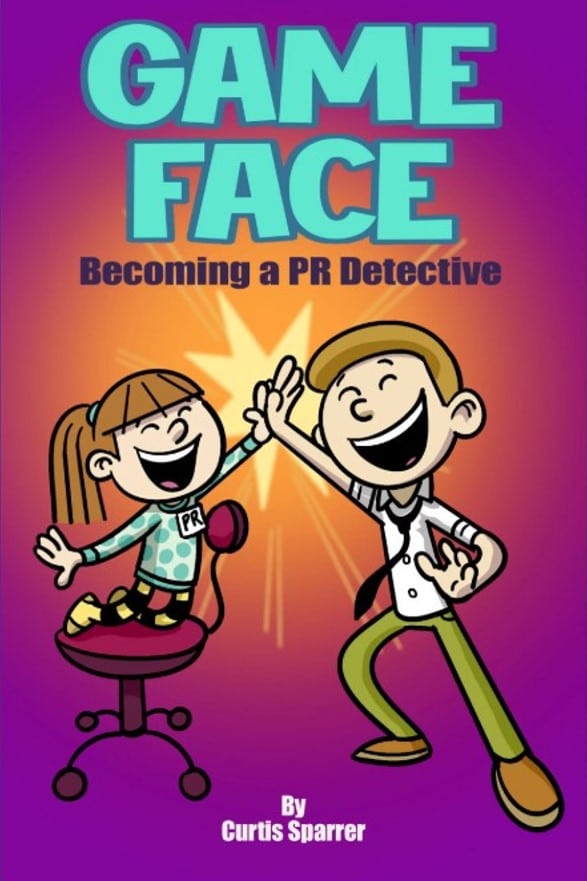







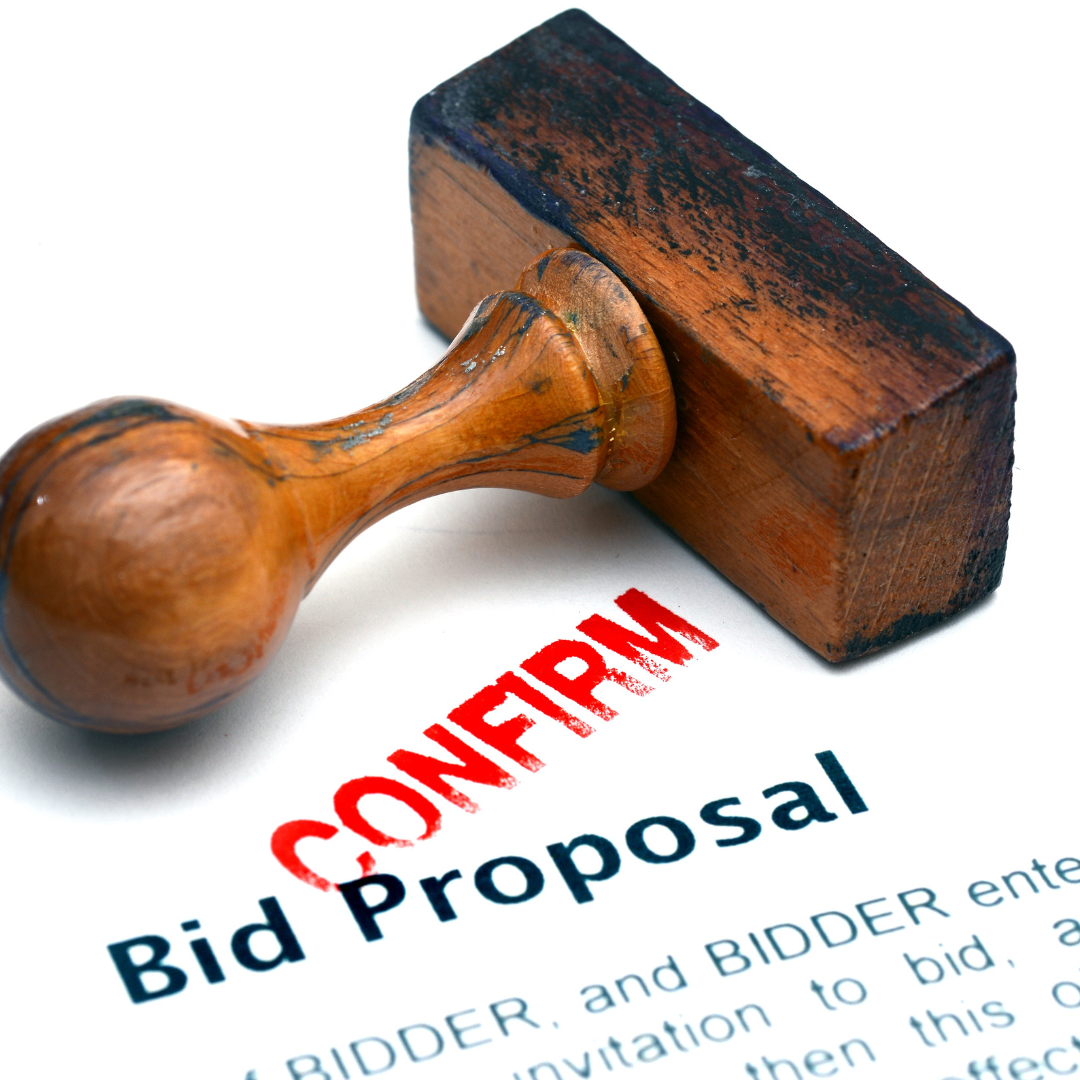
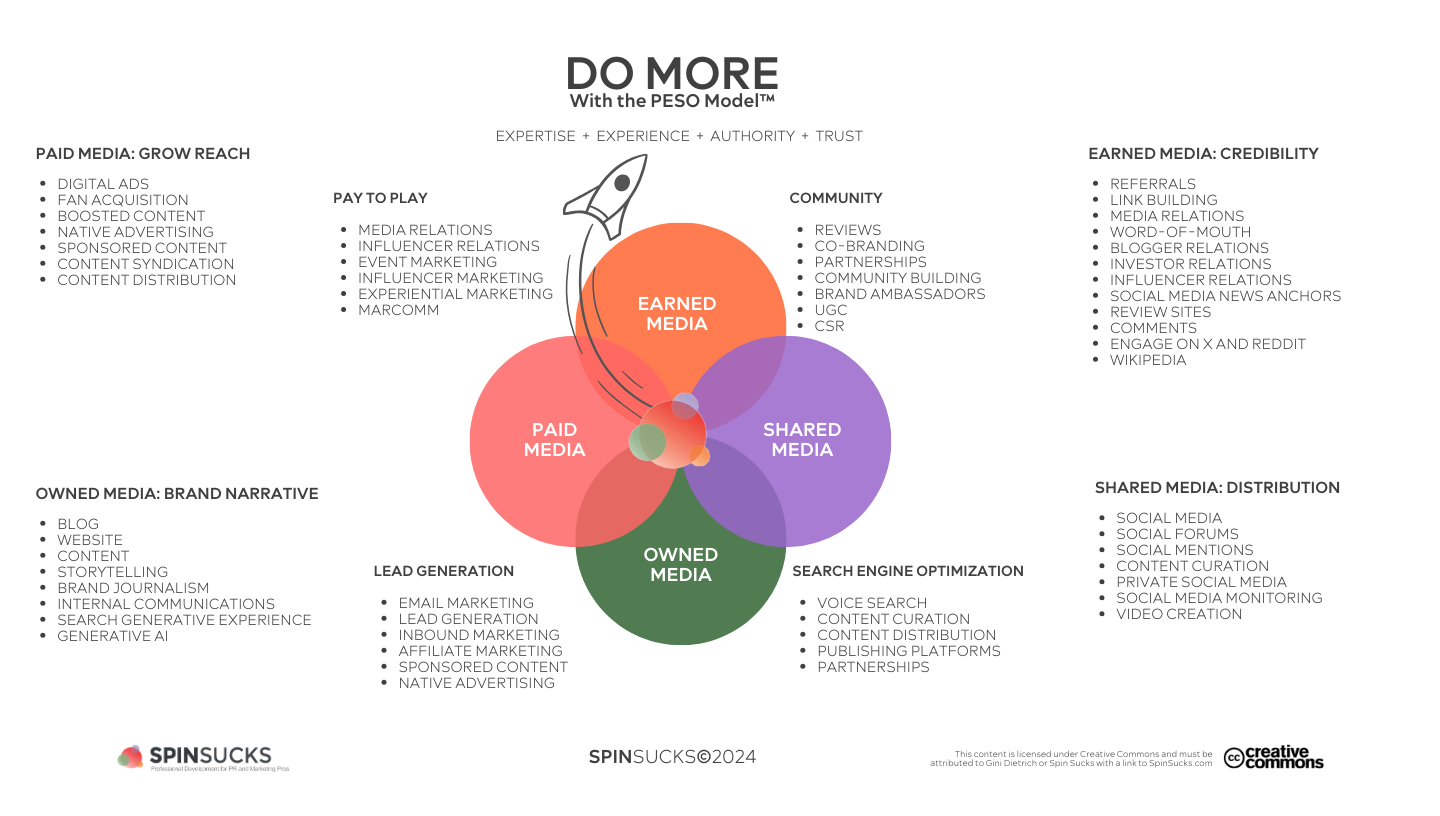













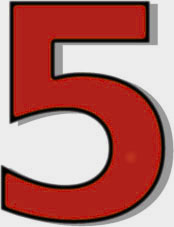




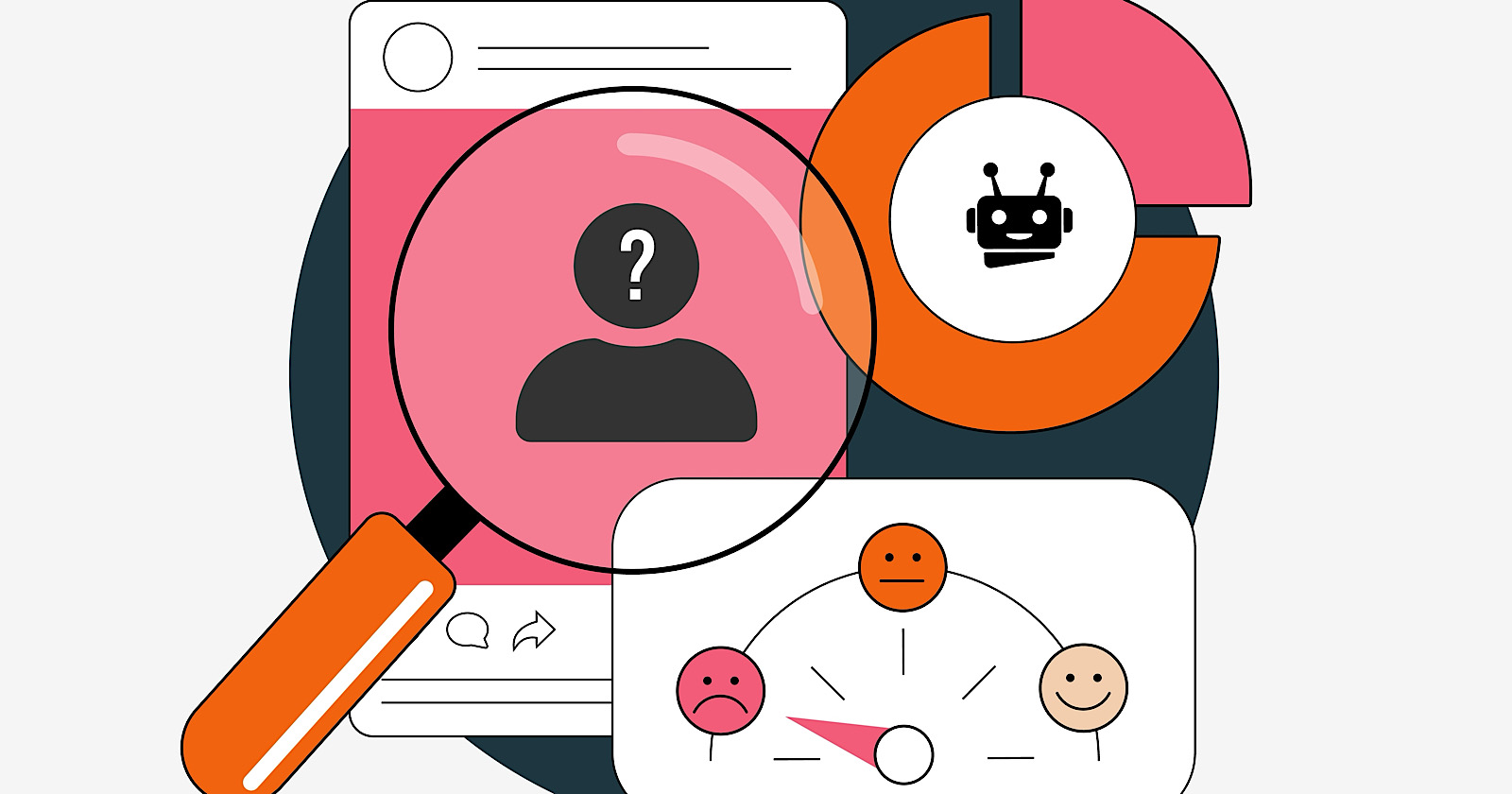

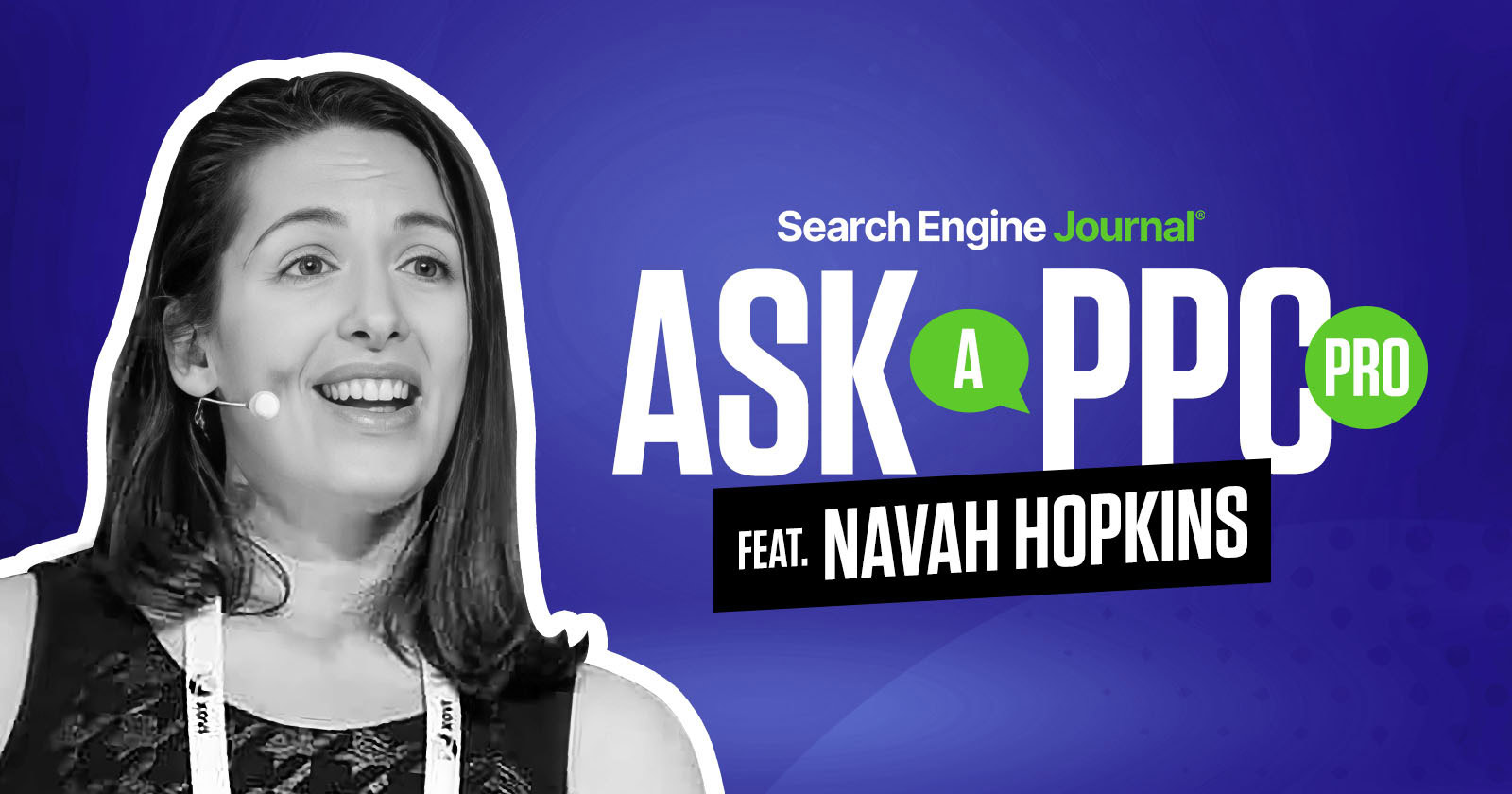
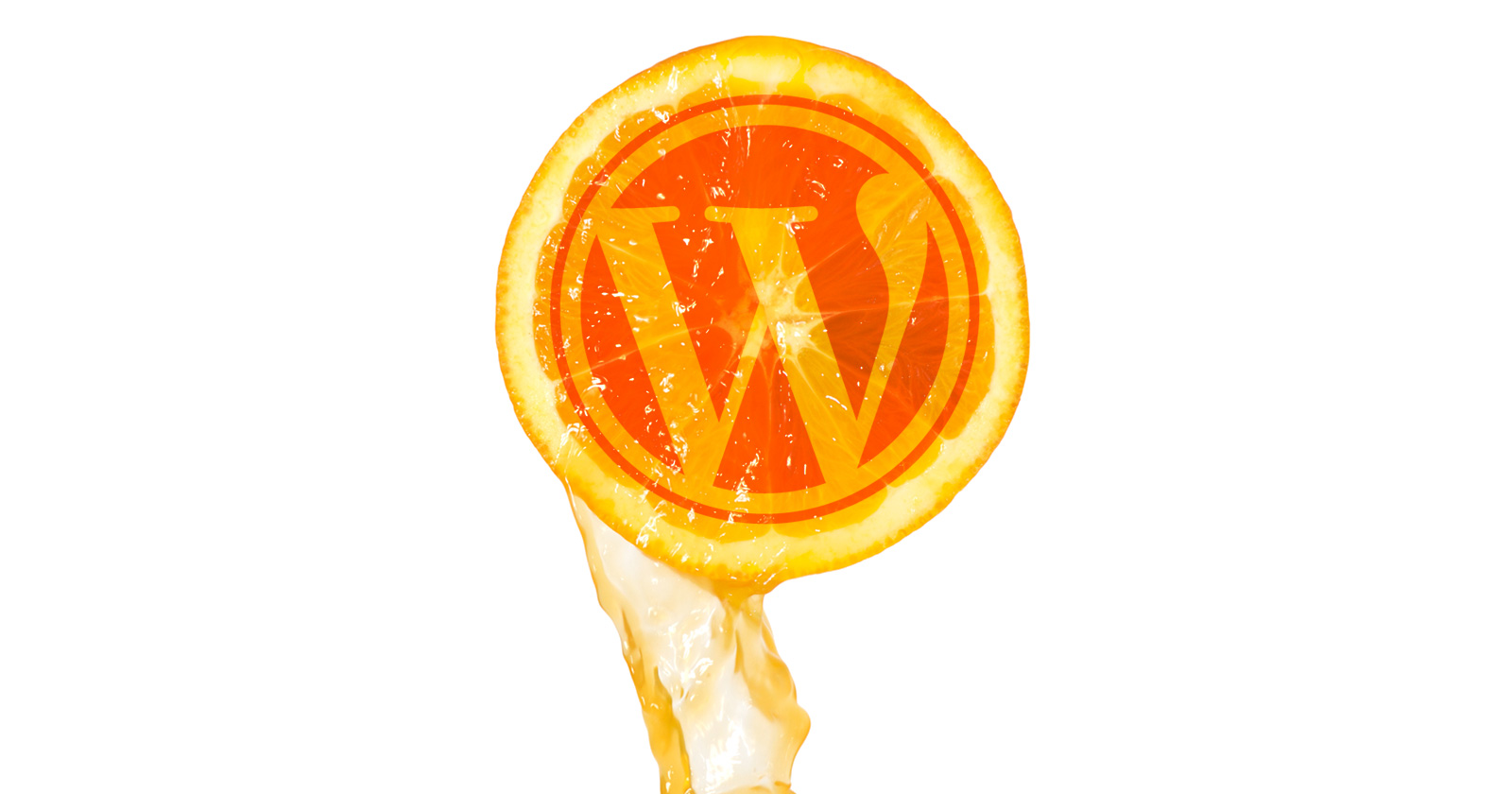

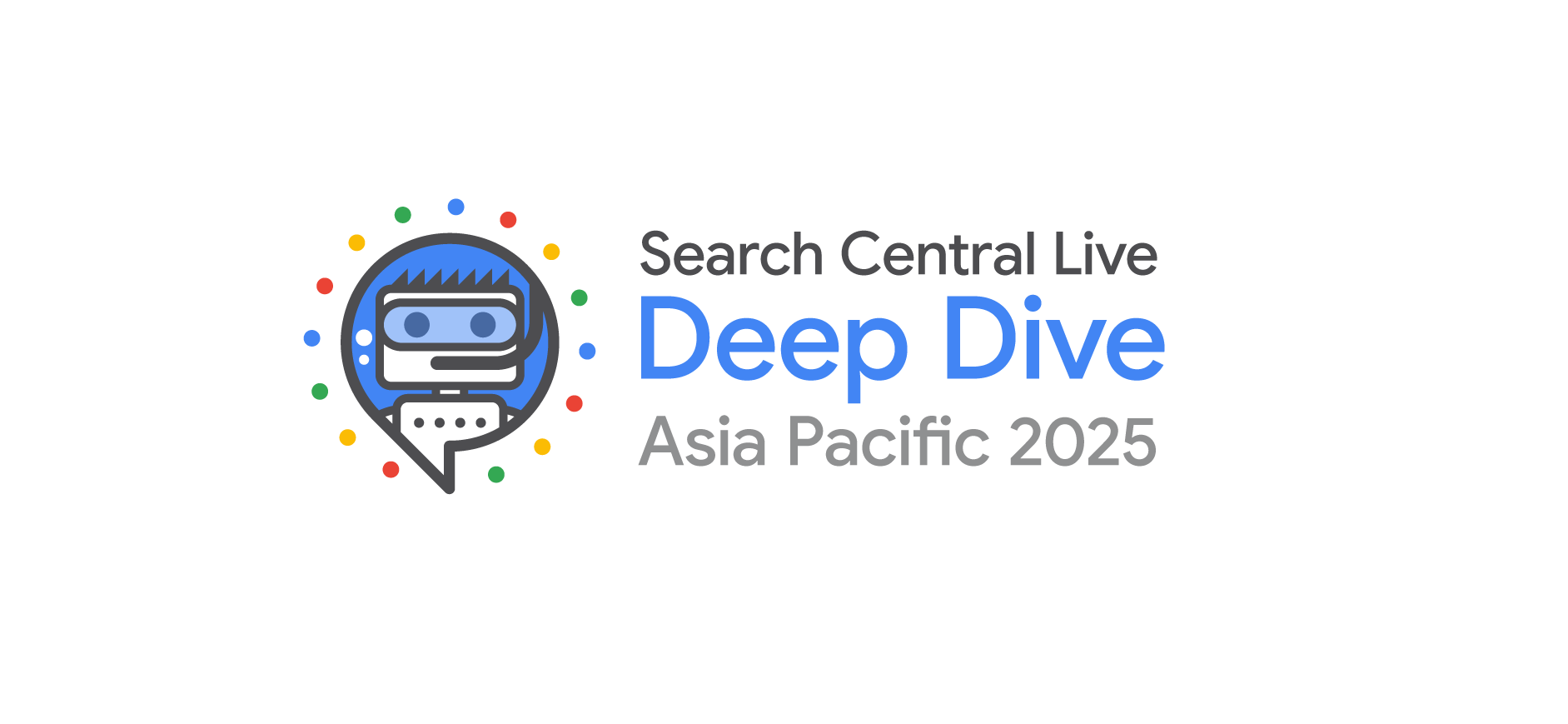





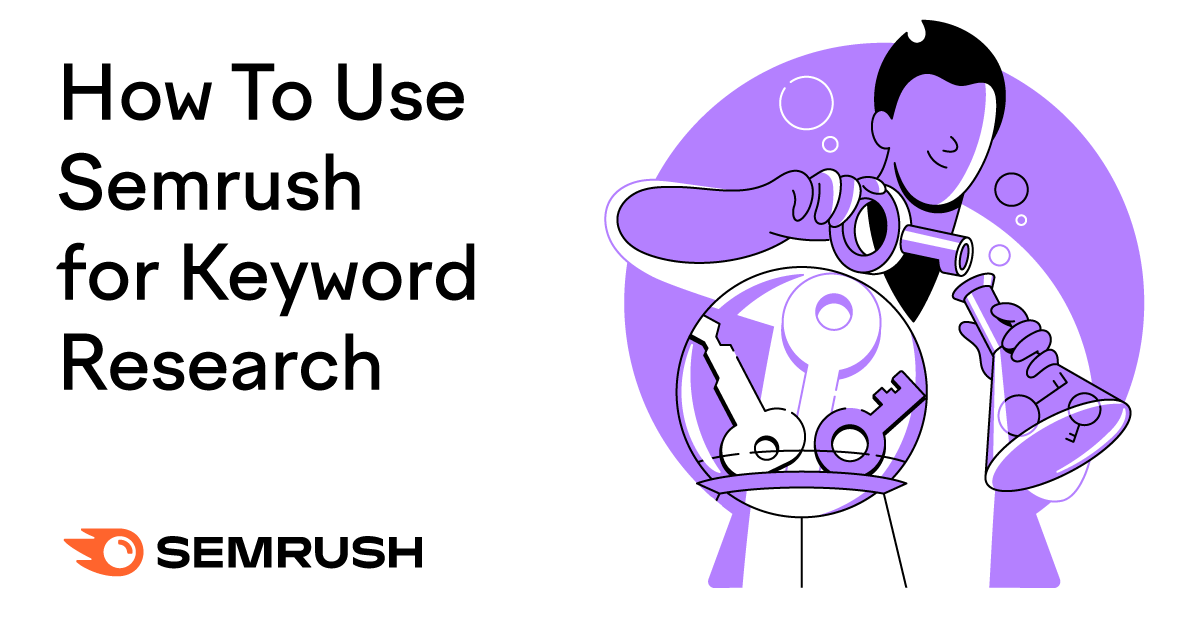


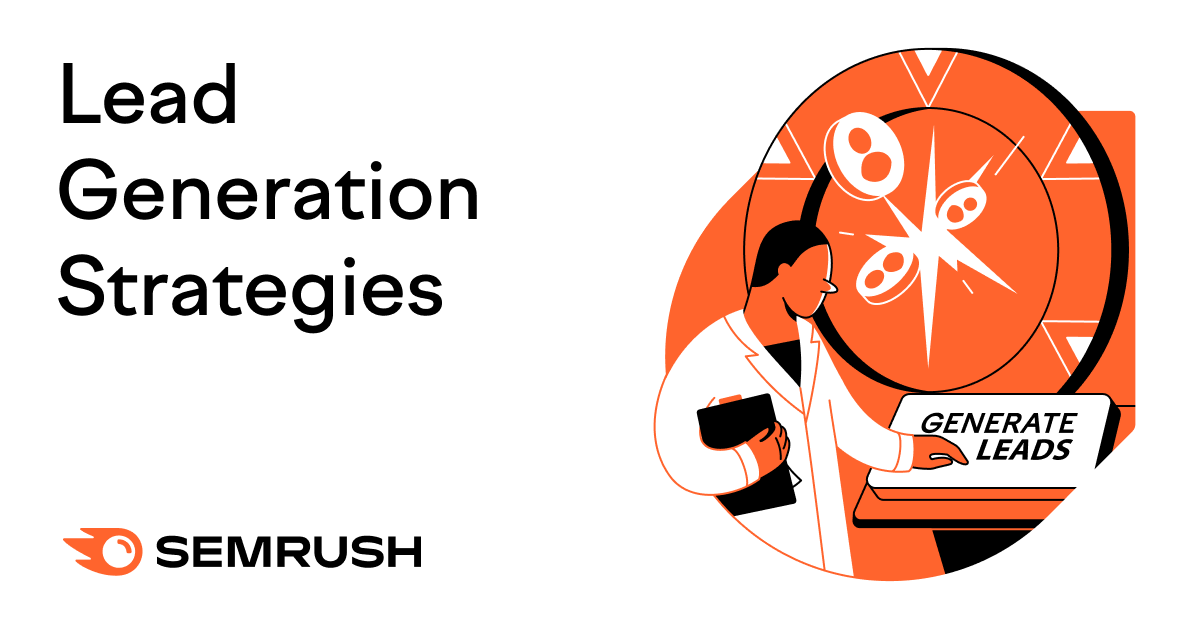
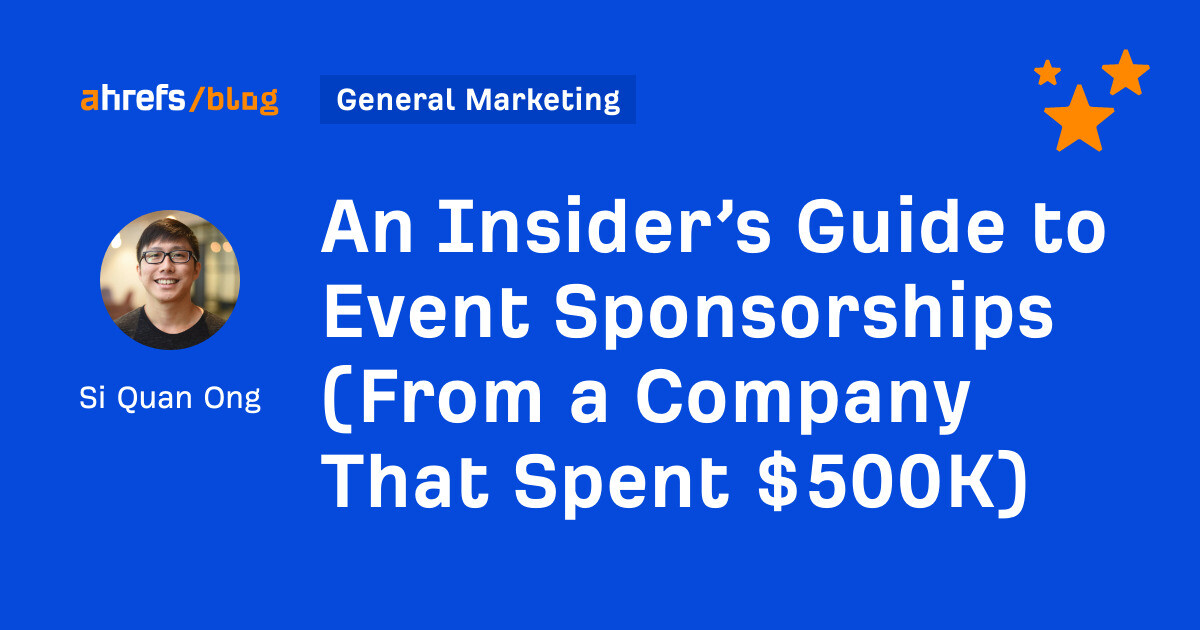

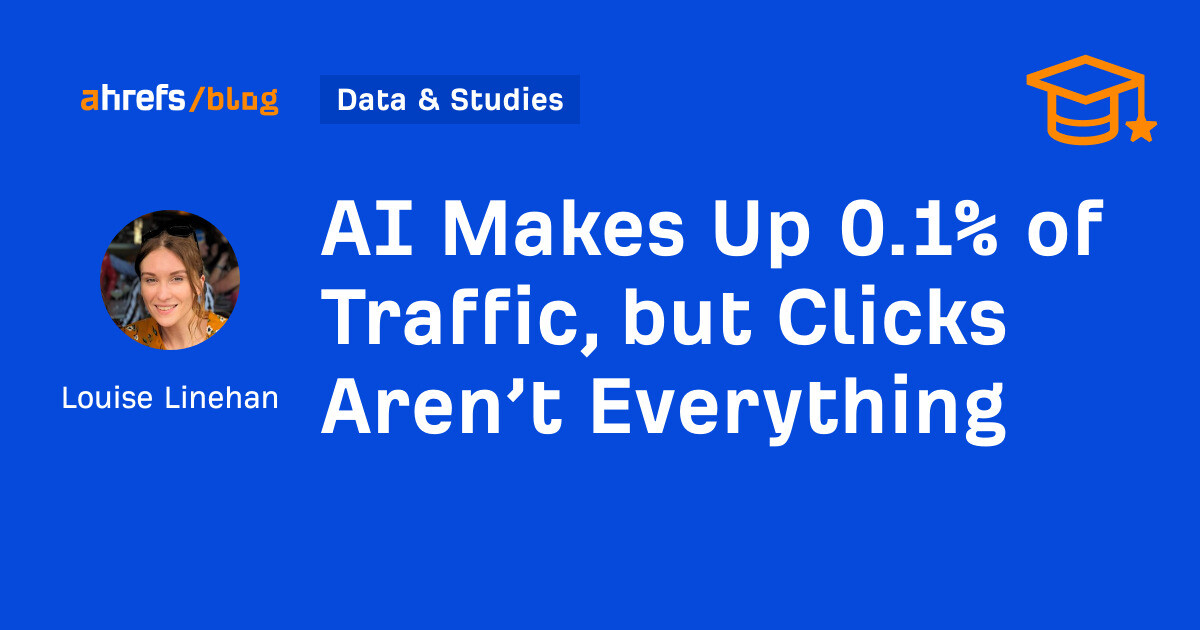
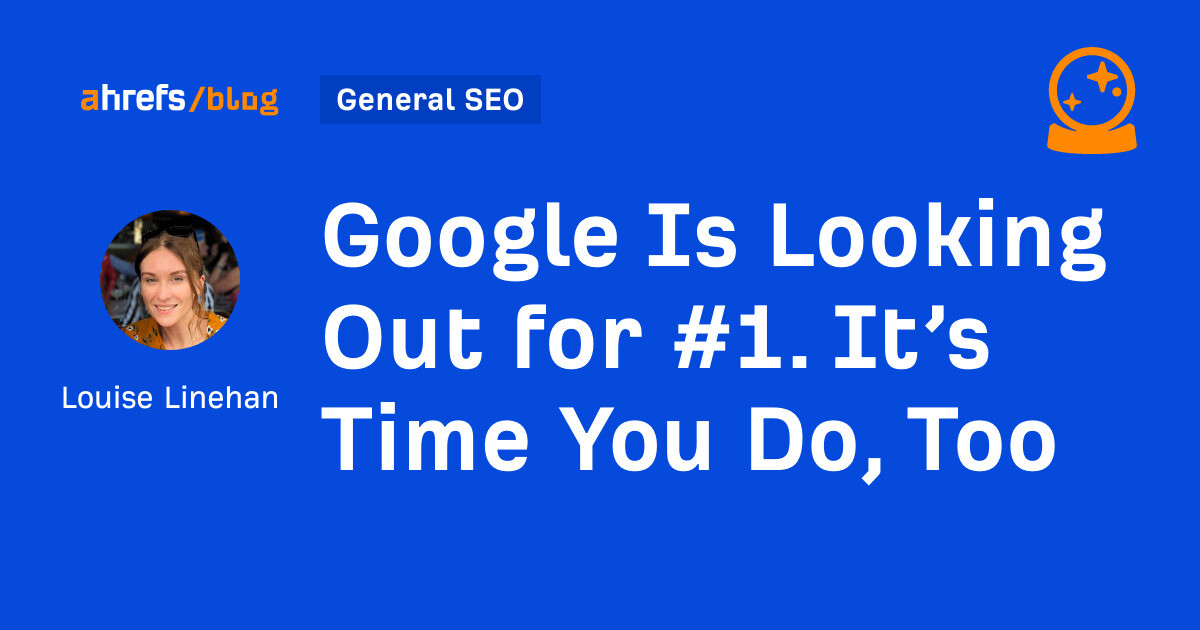

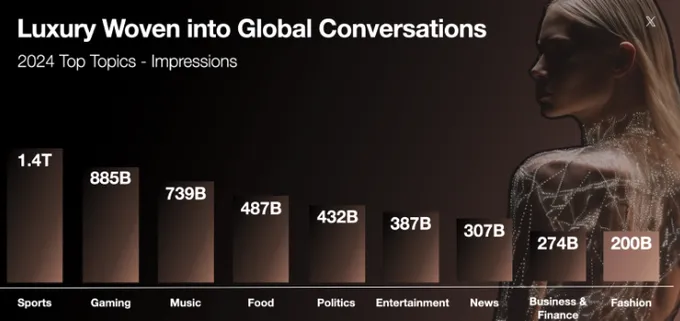
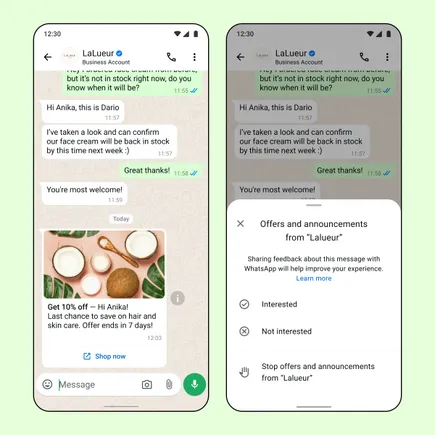
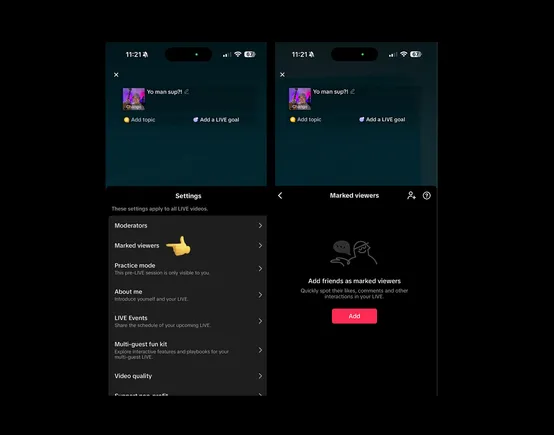

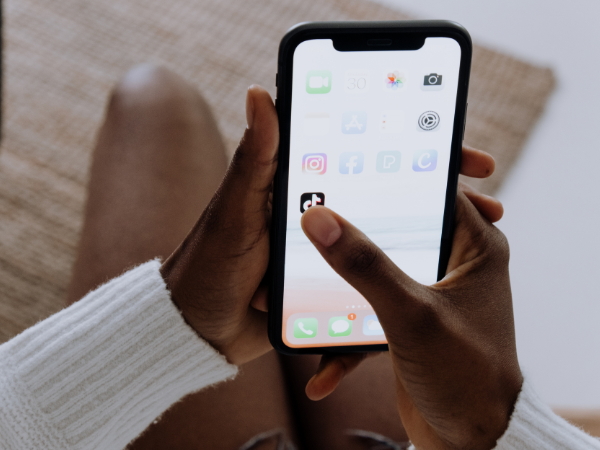










![How to Do Market Research & Better Understand Your Target Customers [Template]](https://www.hubspot.com/hubfs/market-research-buyers-journey_5.webp)

